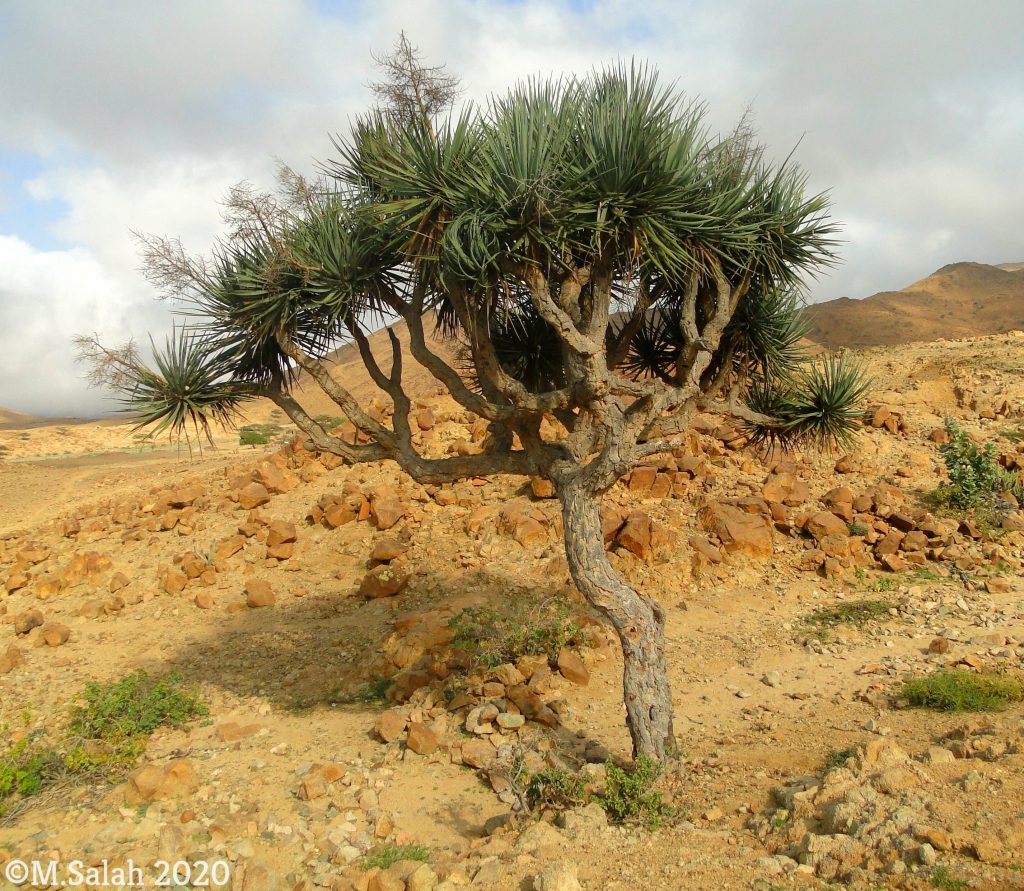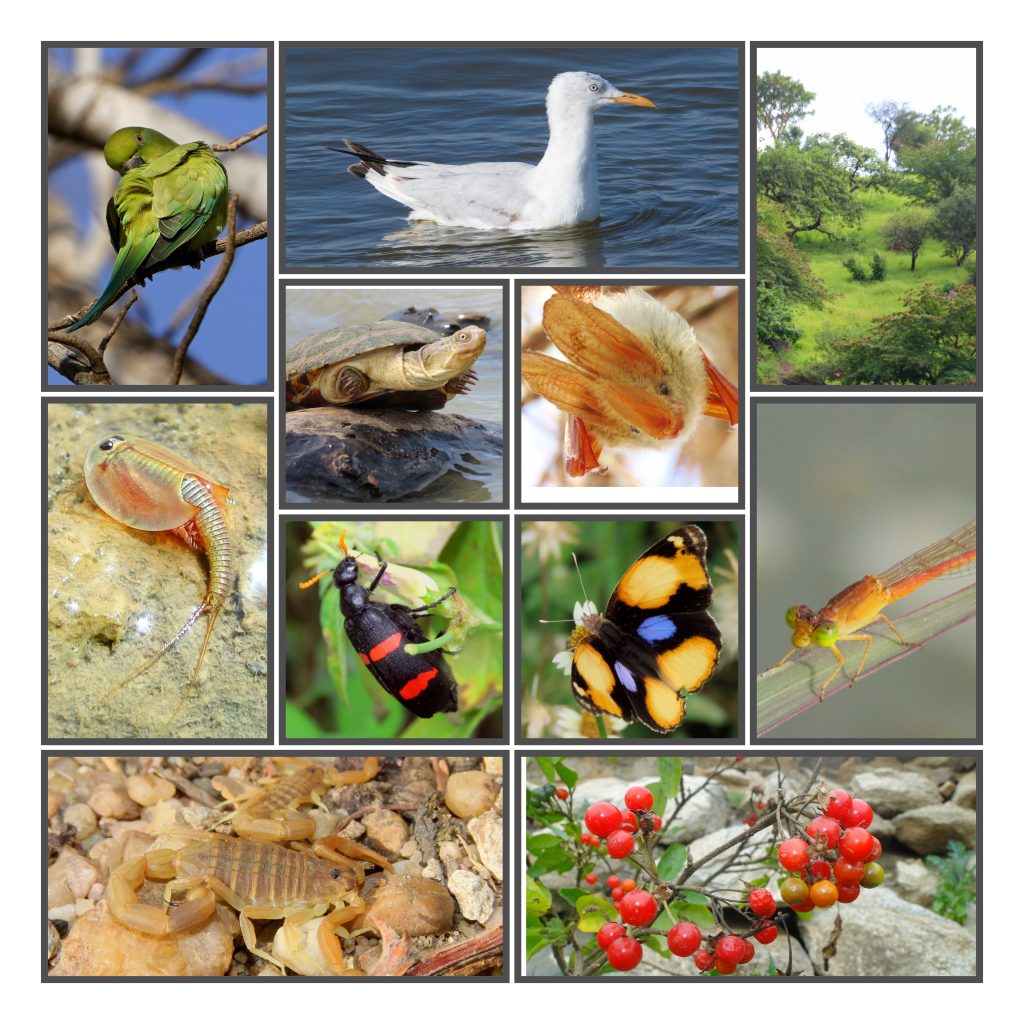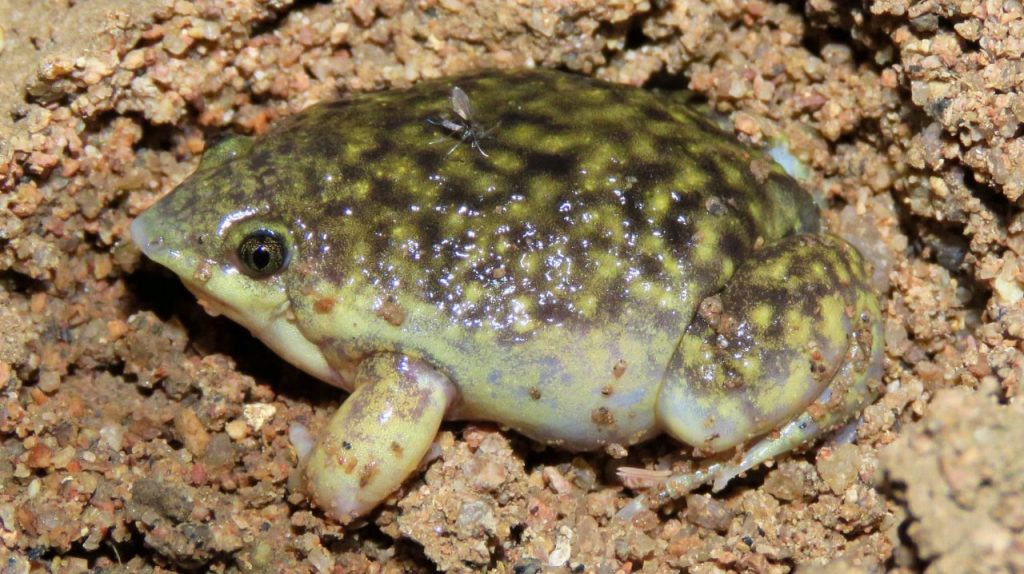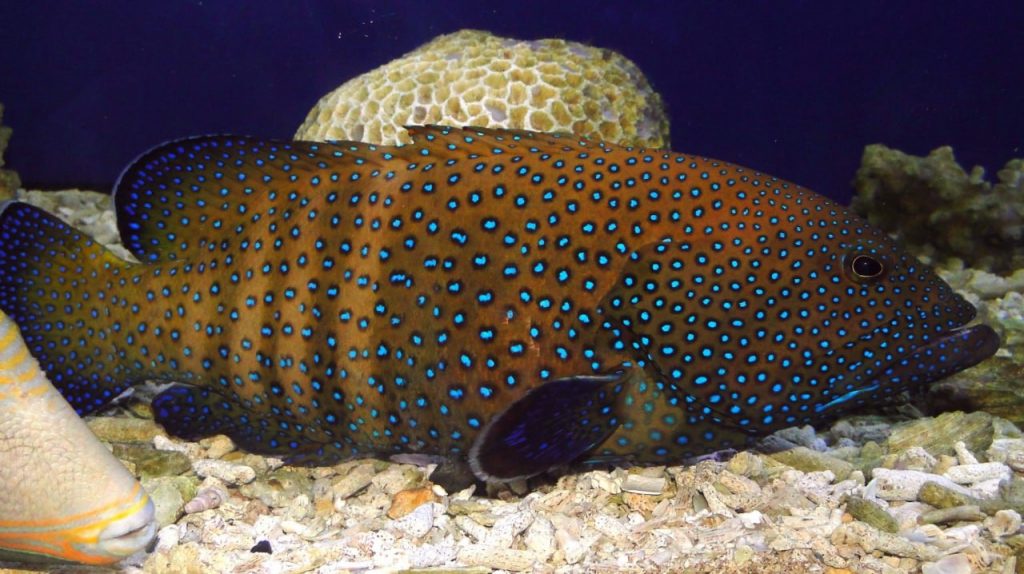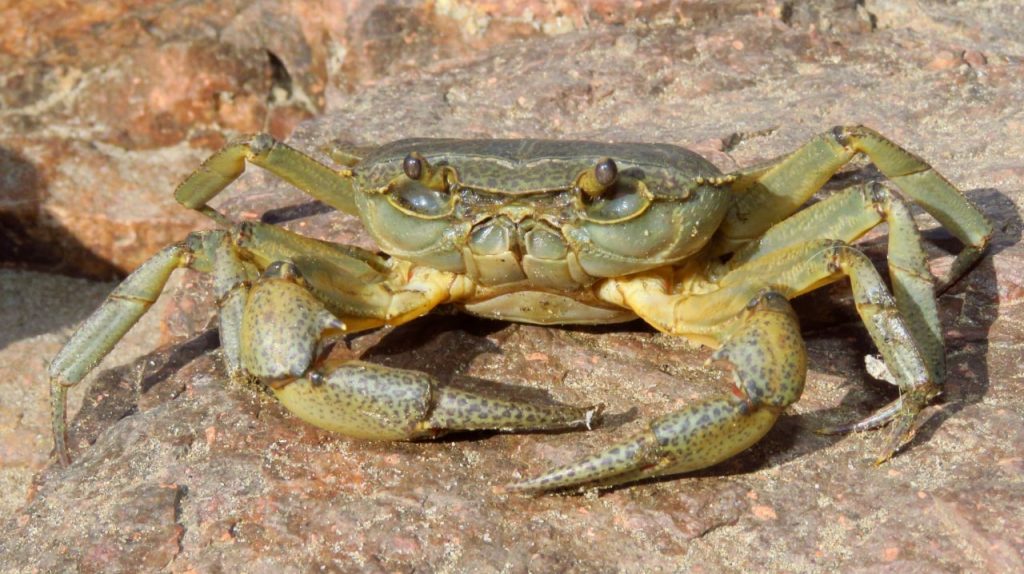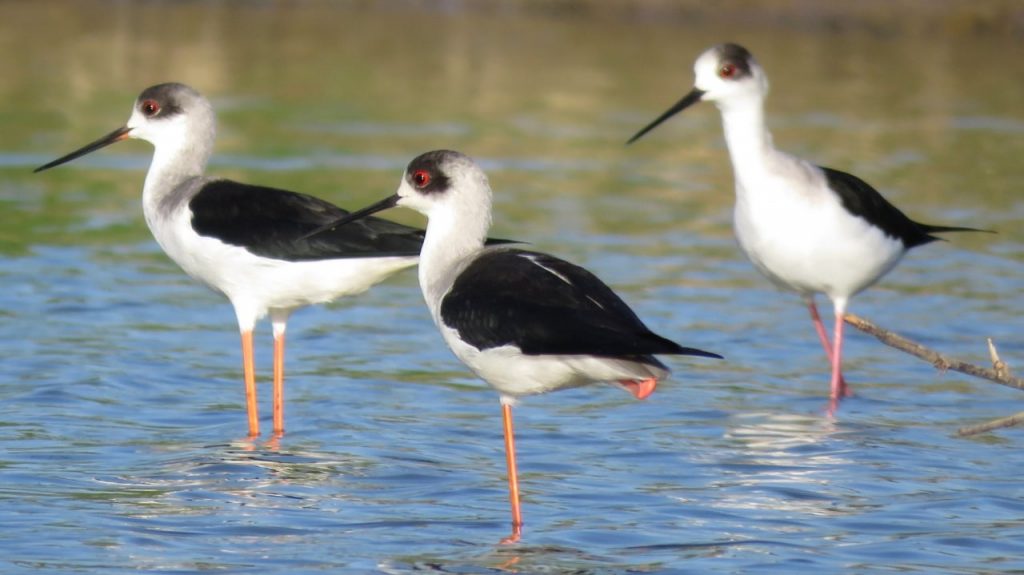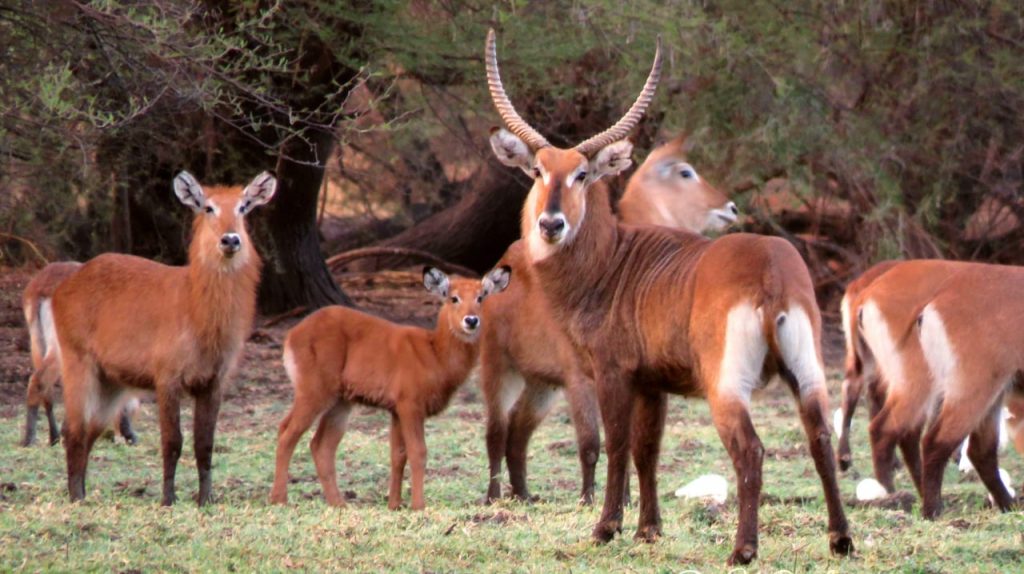
To me, these words represent the hidden beauty of Sudanese nature. Many people see Sudan as a dangerous place, but if you travel inside Sudan, you will be amazed by its beautiful nature and abundance of wildlife. My friends and I were fortunate to see some of it during our travels since 2012. We now want to share our adventures in Sudan with the rest of the world, so we built a Sudan Nature Guide website to document the animals and plants of Sudan, inspire the youngest generation to care for and help conserve Sudan's wildlife, and show parts of Sudan that are not well known to the world."
Explore The Nature of sudan
Sudan is Africa’s third-largest country, covering 1,886,068 square kilometers and located in northeast Africa between latitudes 10–22° North and longitudes 22–38° East. It has varied types of habitat that range from the hot desert in the north to rich savanna in the south, with gallery forest in some high mountains and an 854 km coastal line along the Red Sea. This variety of habitat made Sudan home to a large, diverse number of animals and plants, making it one of the richest countries in the region in terms of wildlife.
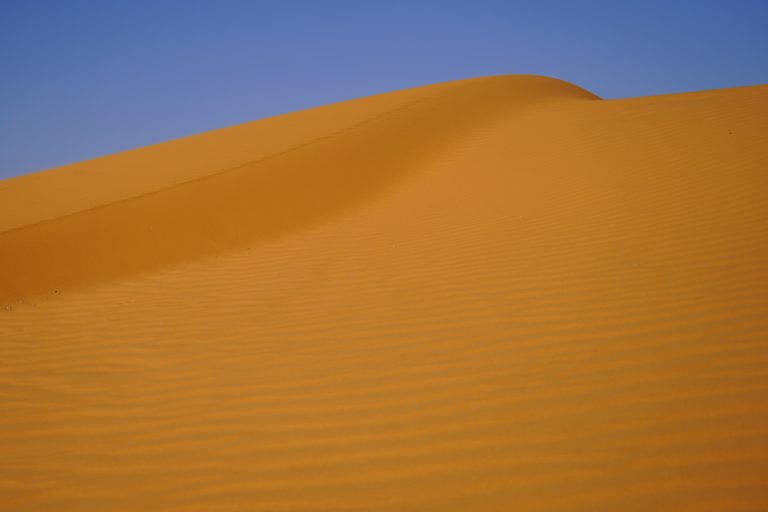
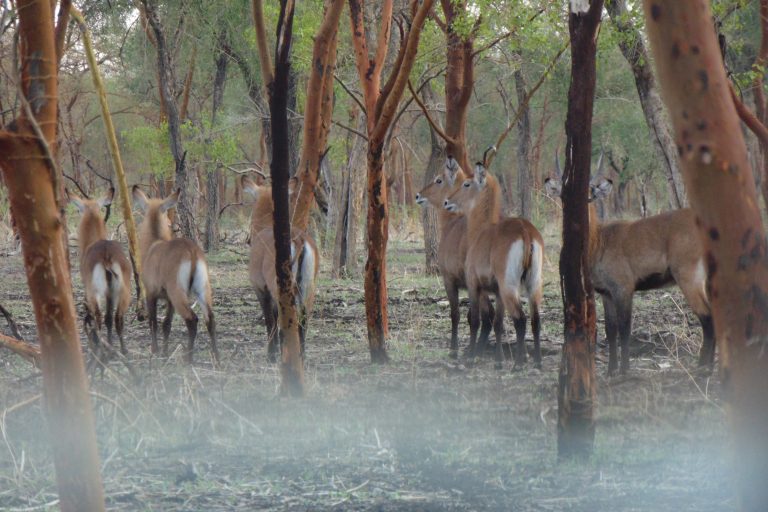
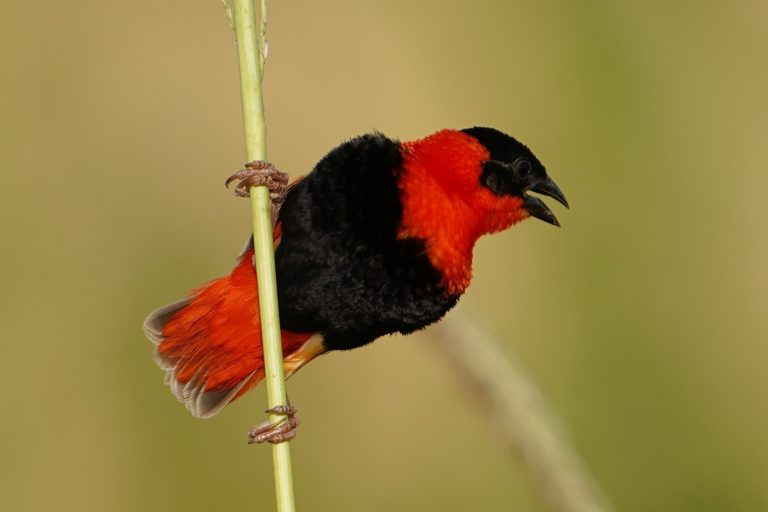
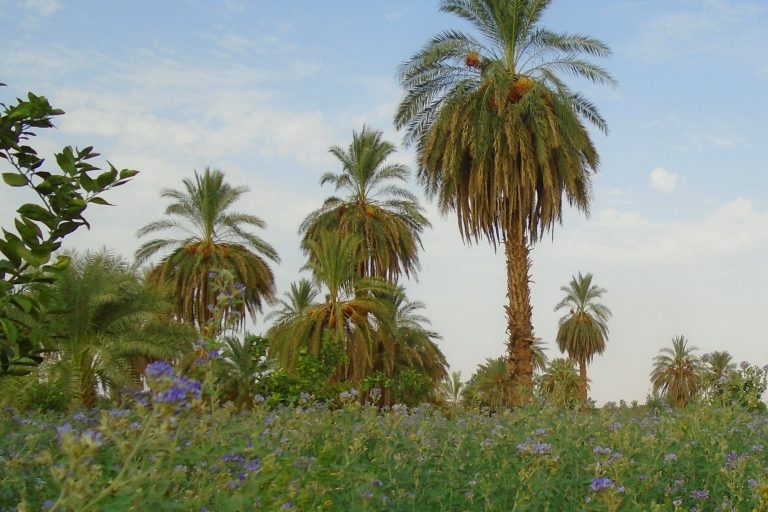
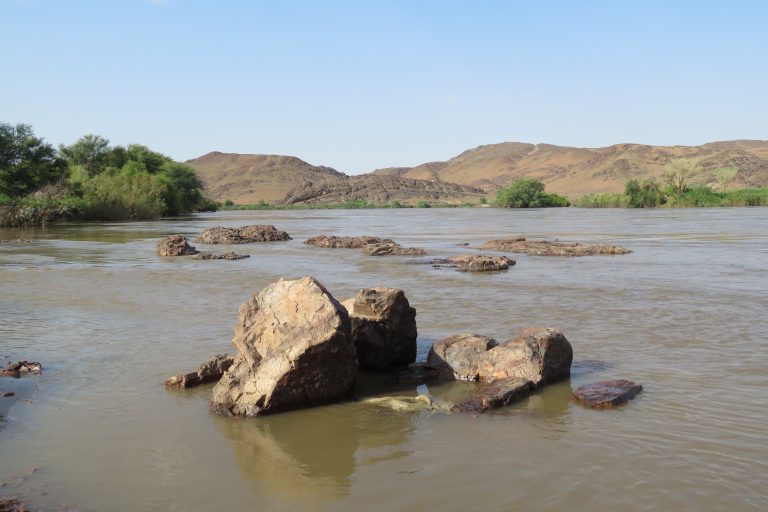
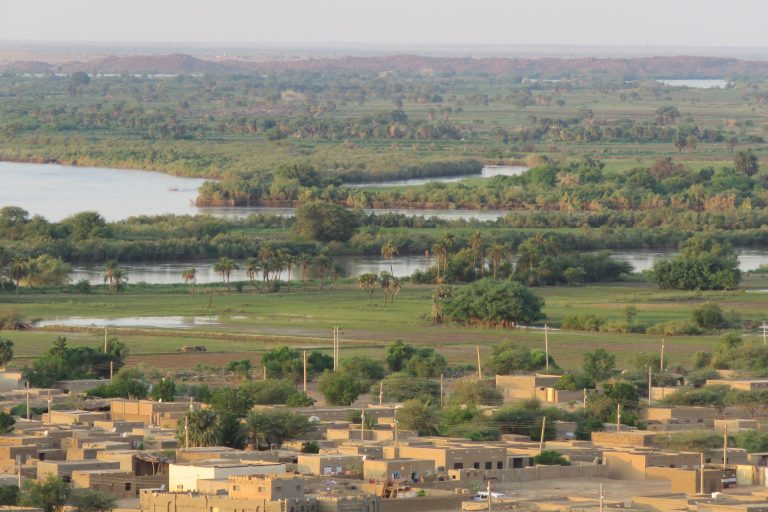
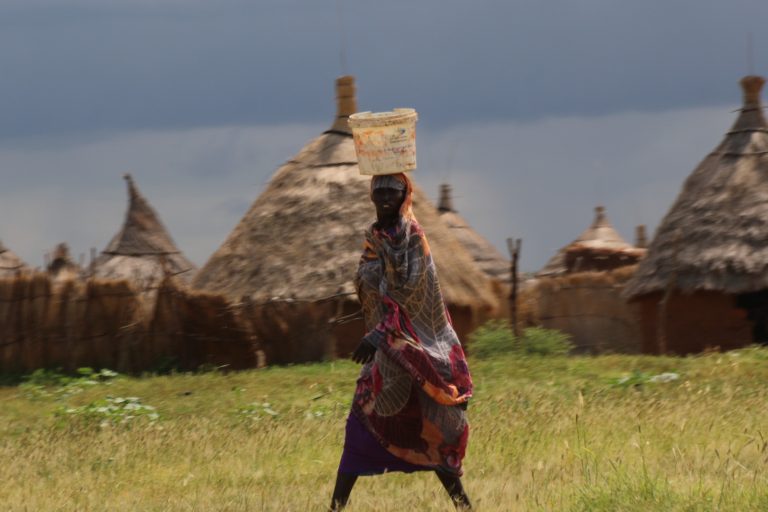
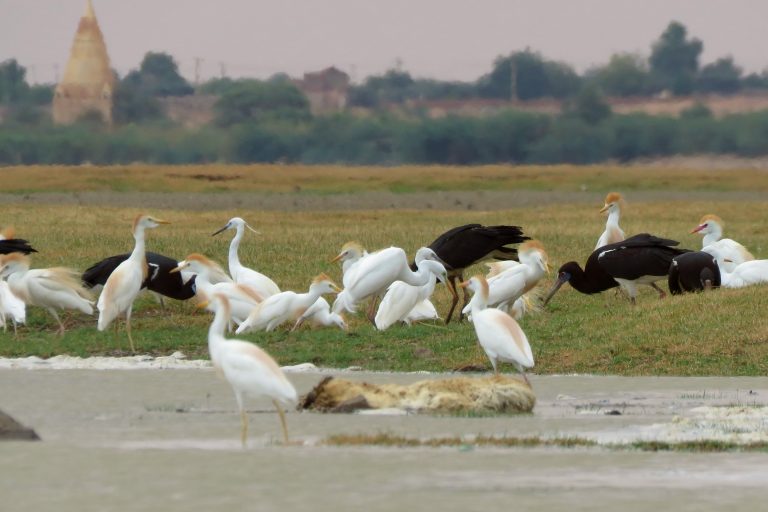
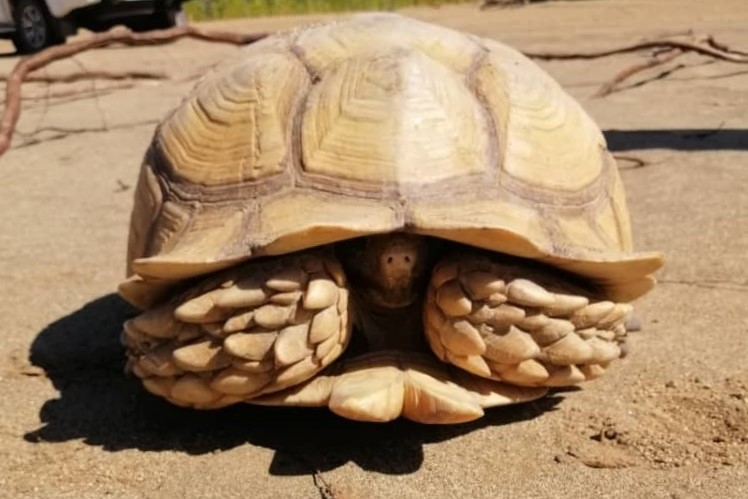
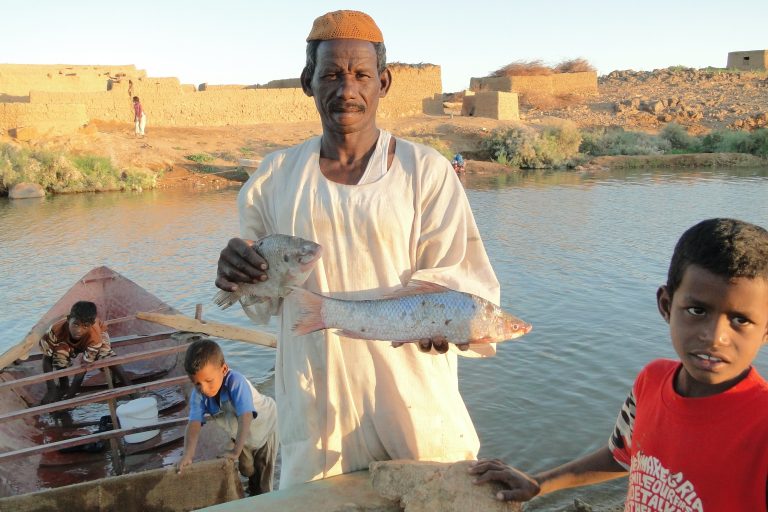
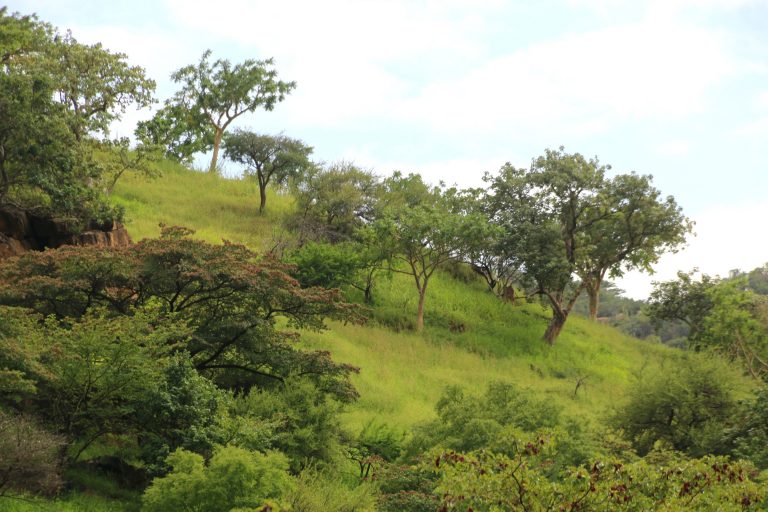
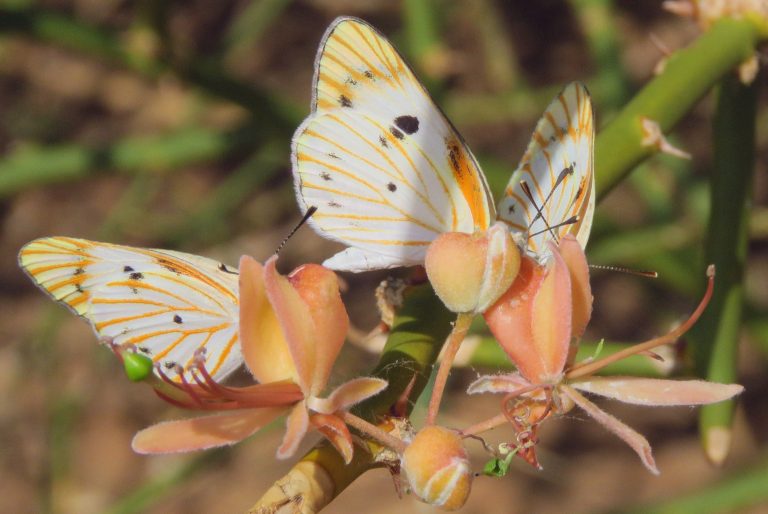

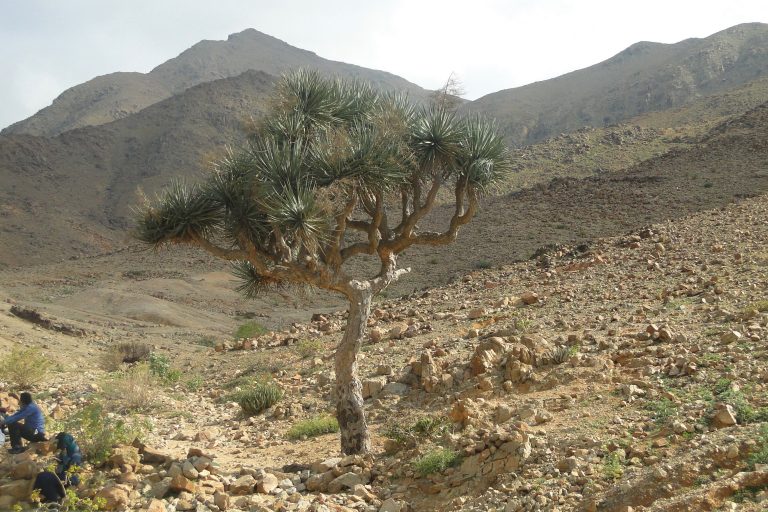
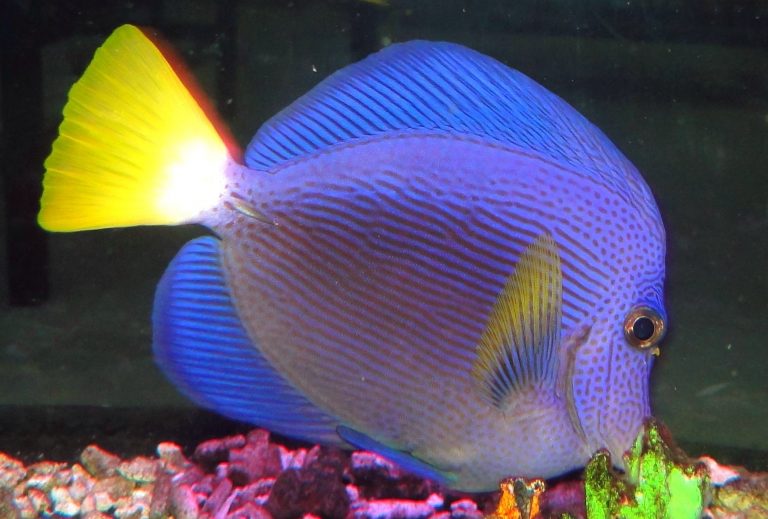
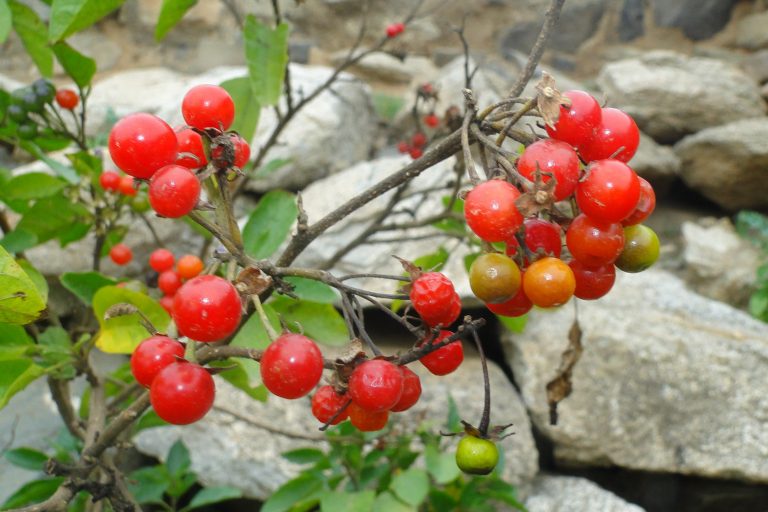
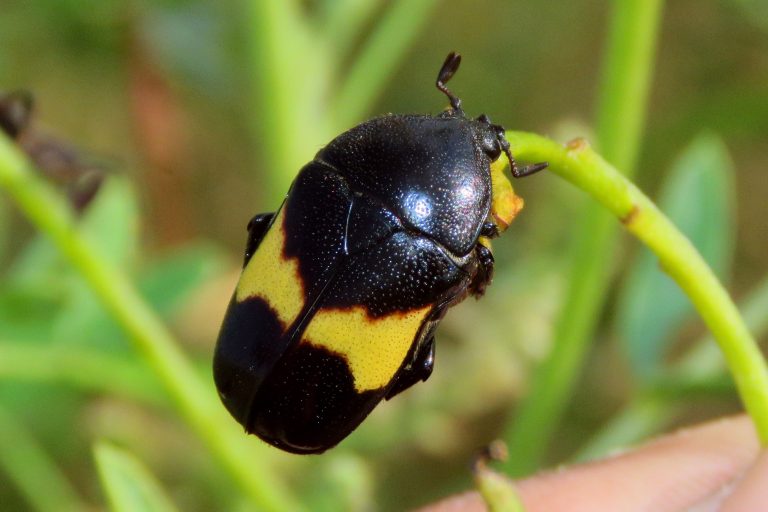

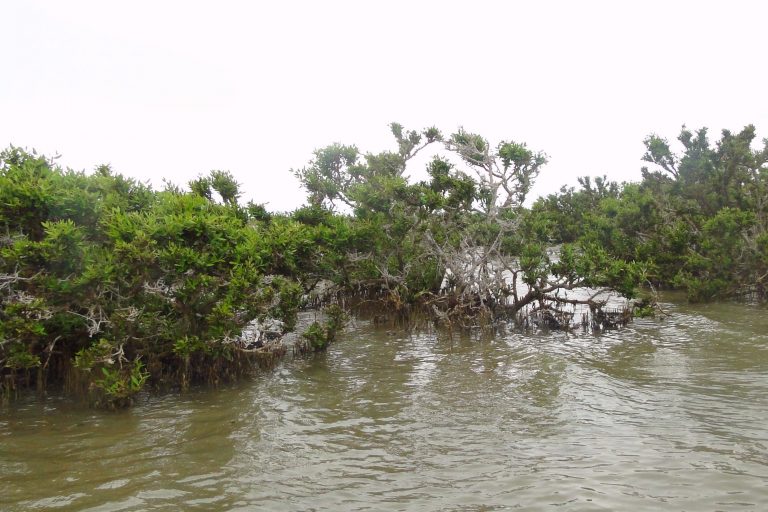
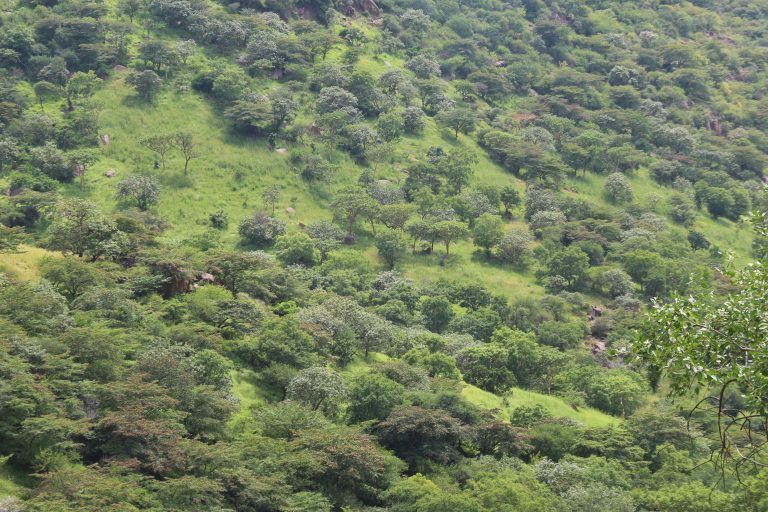
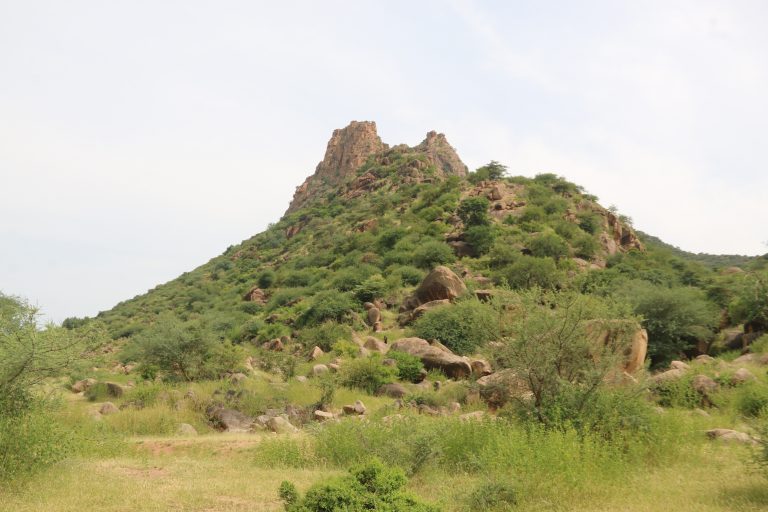
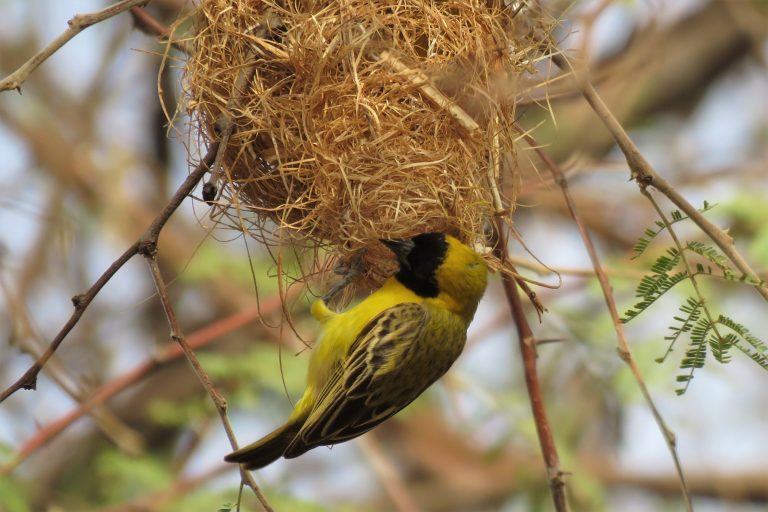
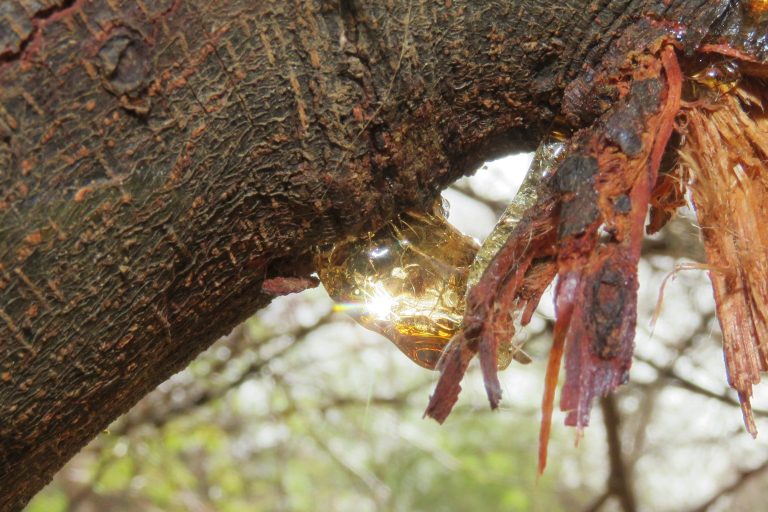
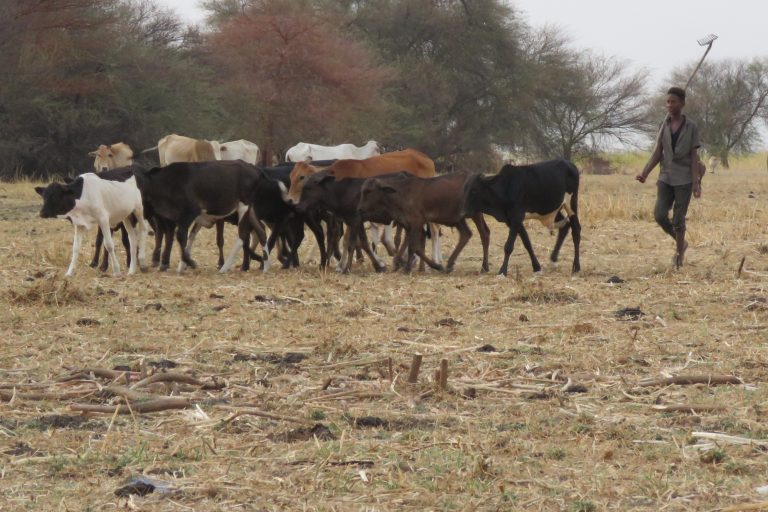
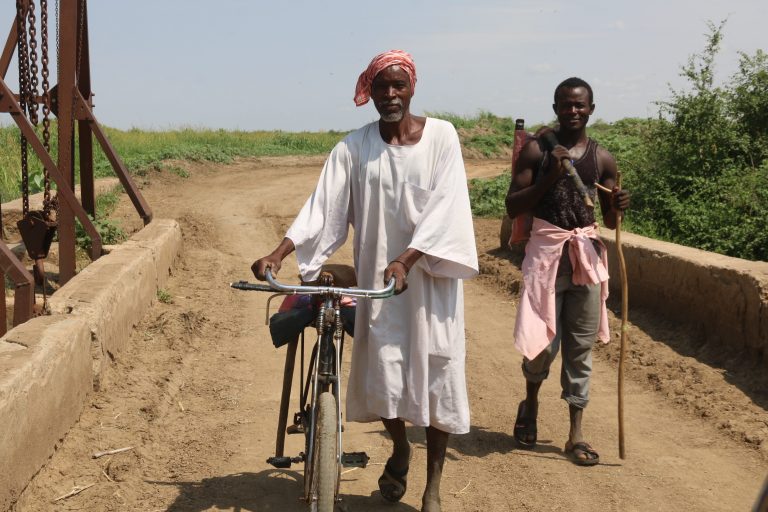
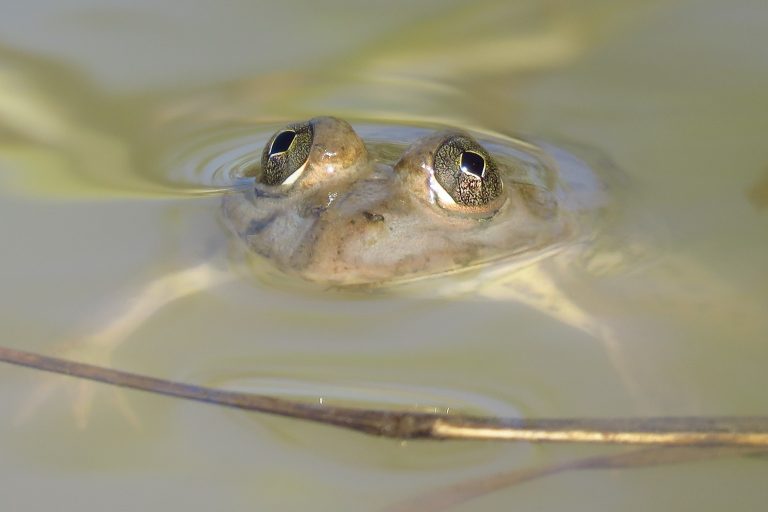
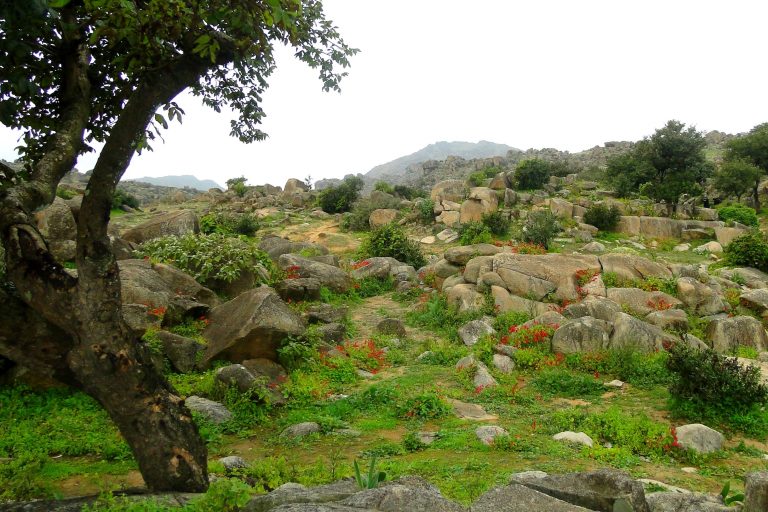
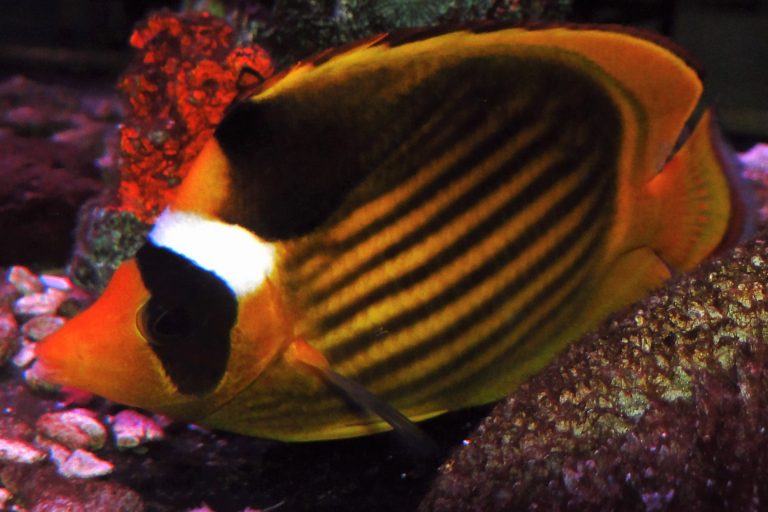
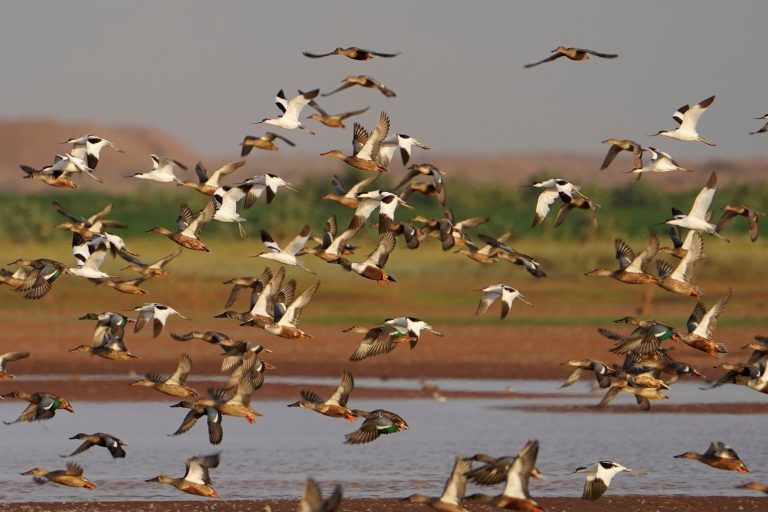

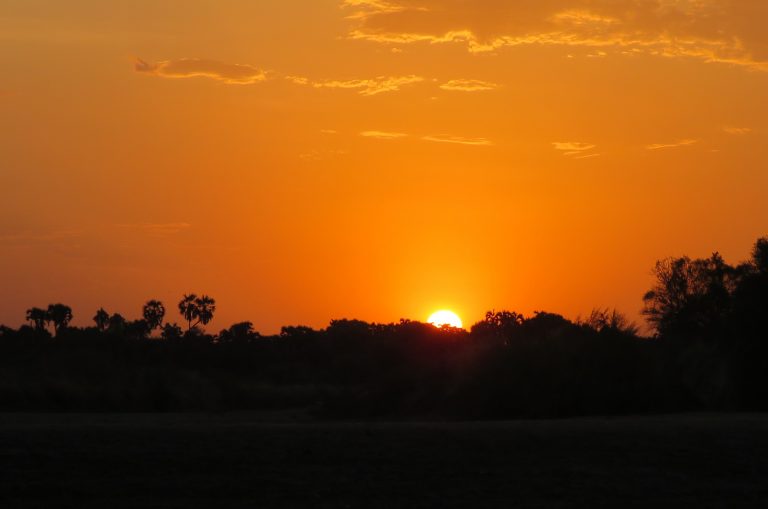
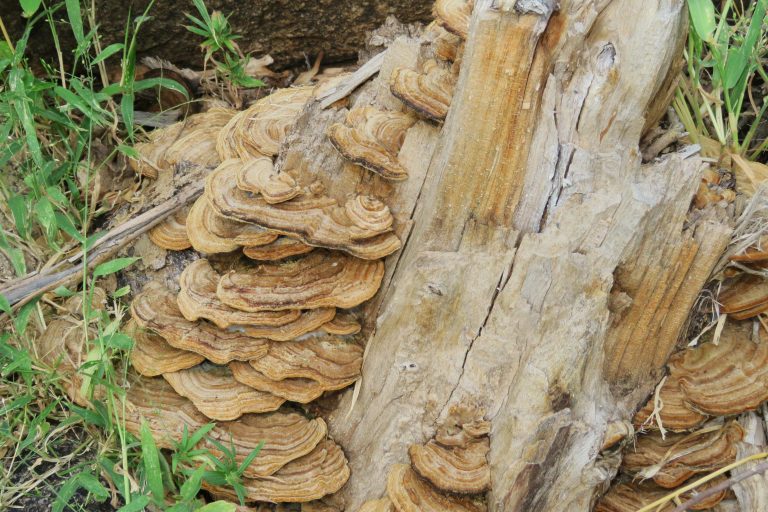
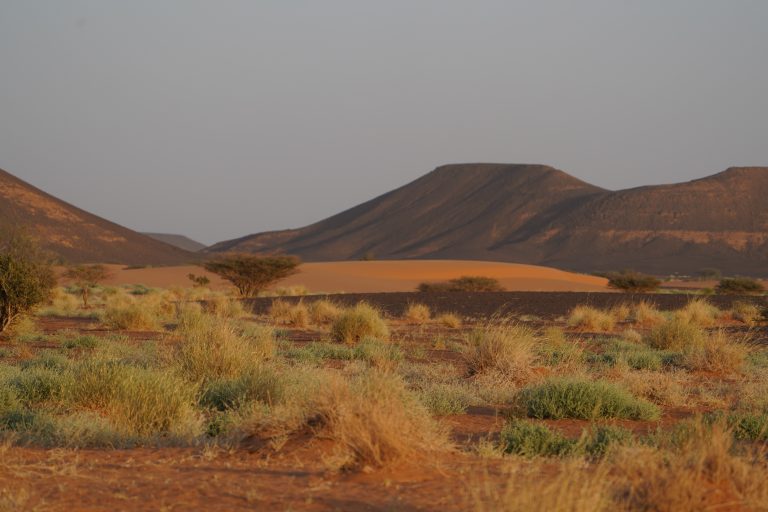
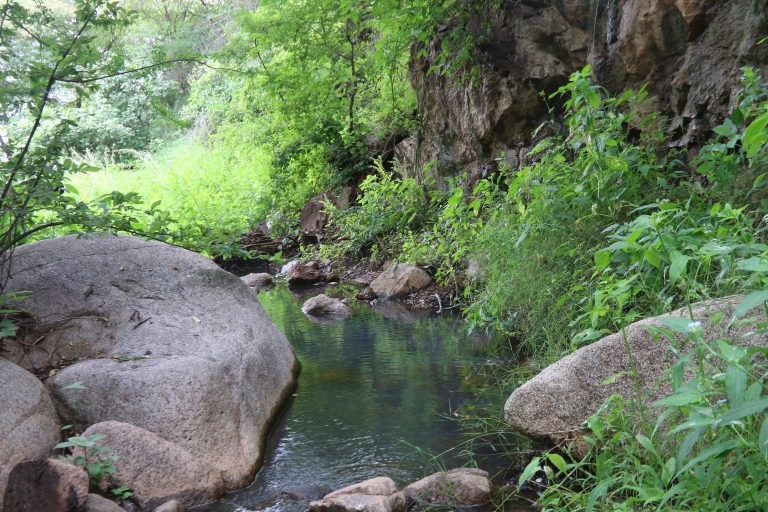

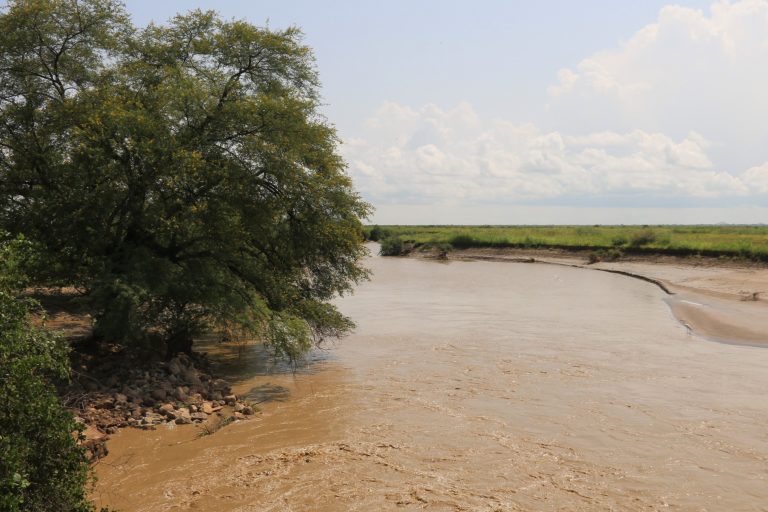
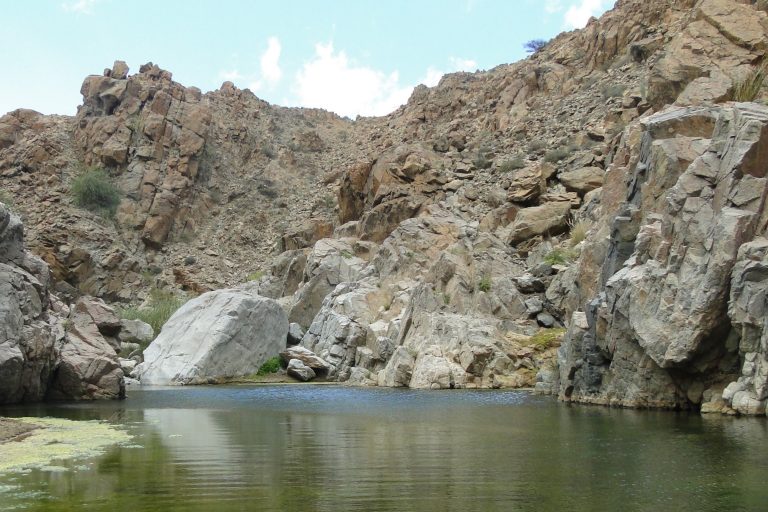
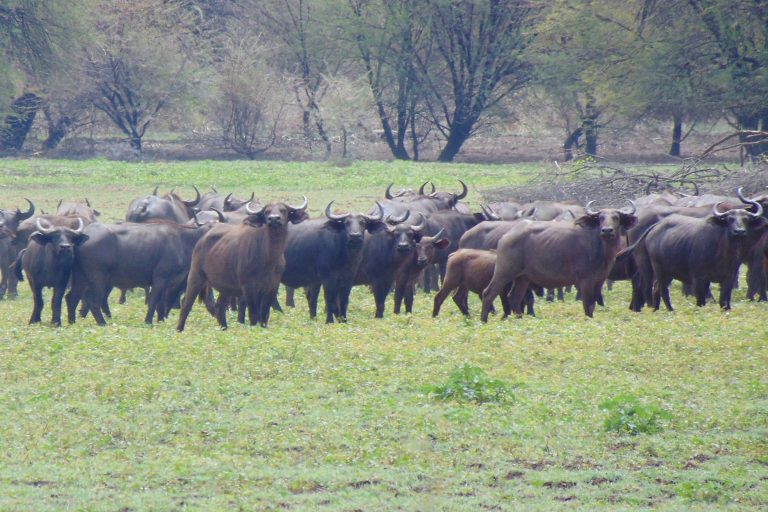
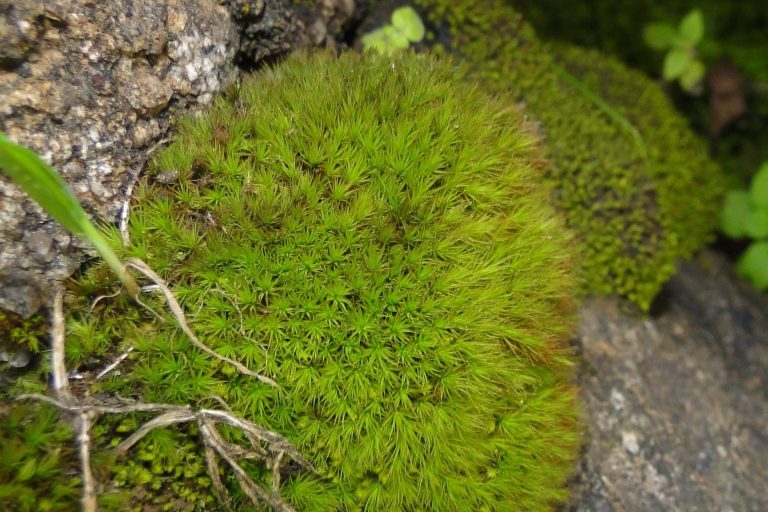
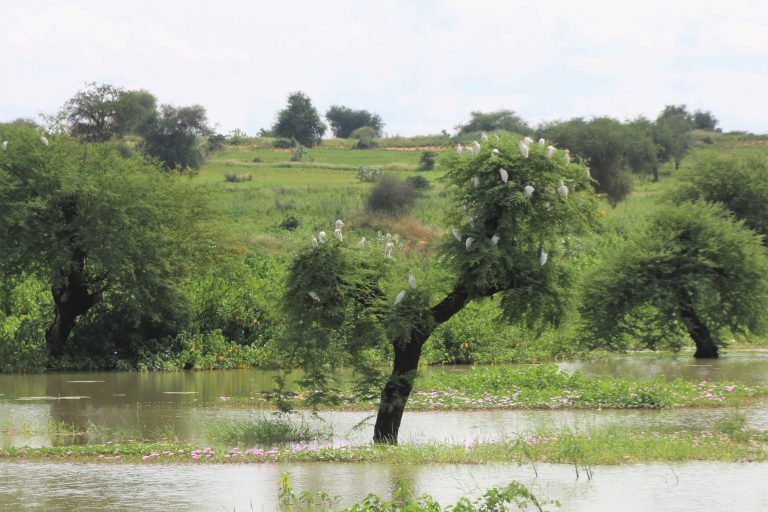
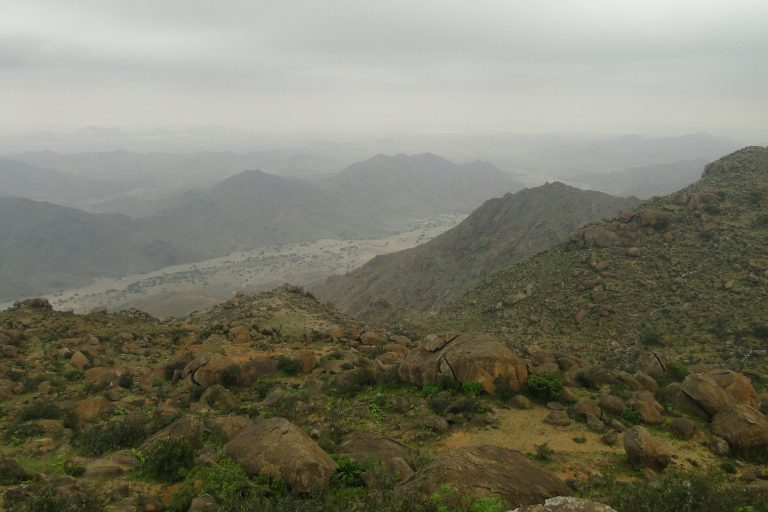
Discover Sudan birds
Sudan and South Sudan are home to over 950 bird species, making them two of the most bird-rich countries in Africa and the world. Approximately 304 of them are migratory. Many of them migrate from Europe and Asia during the winter, such as Eurasian spoonbills and Greater flamingos, White Storks, Pelicans, wader birds, and many duck species, while others, such as Abdim’s storks, are African migrants that come to Sudan to breed during the rainy season.
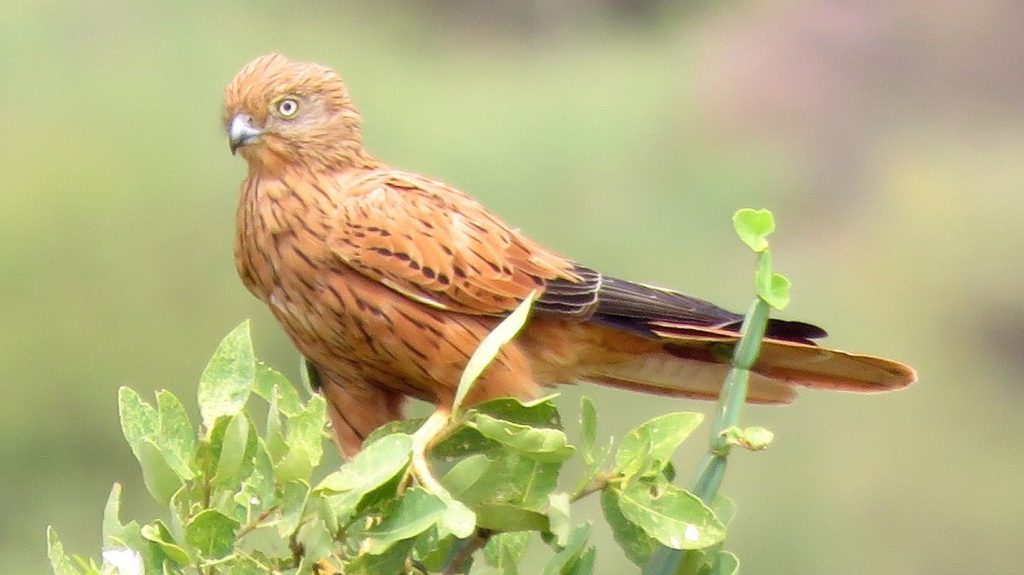
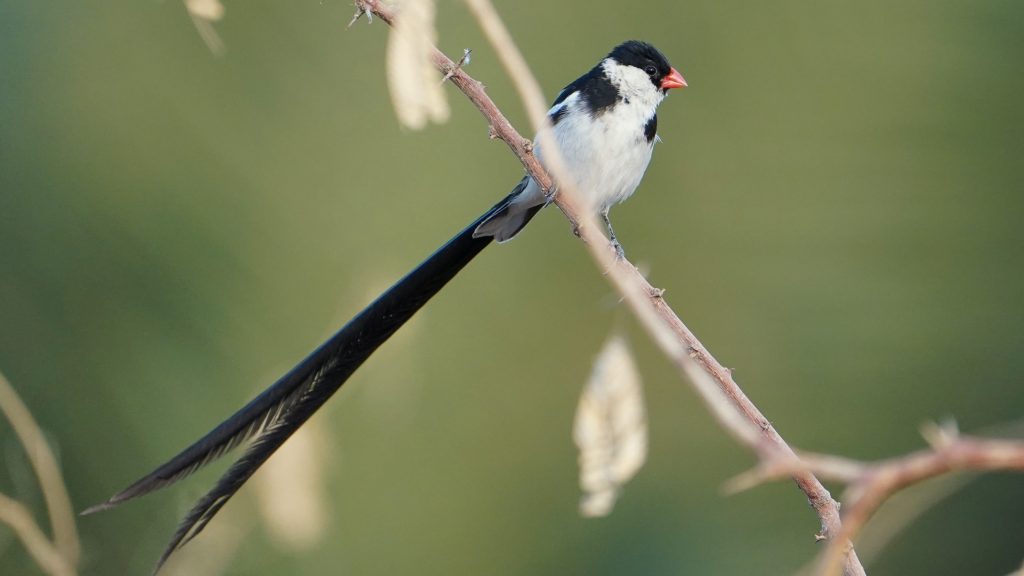
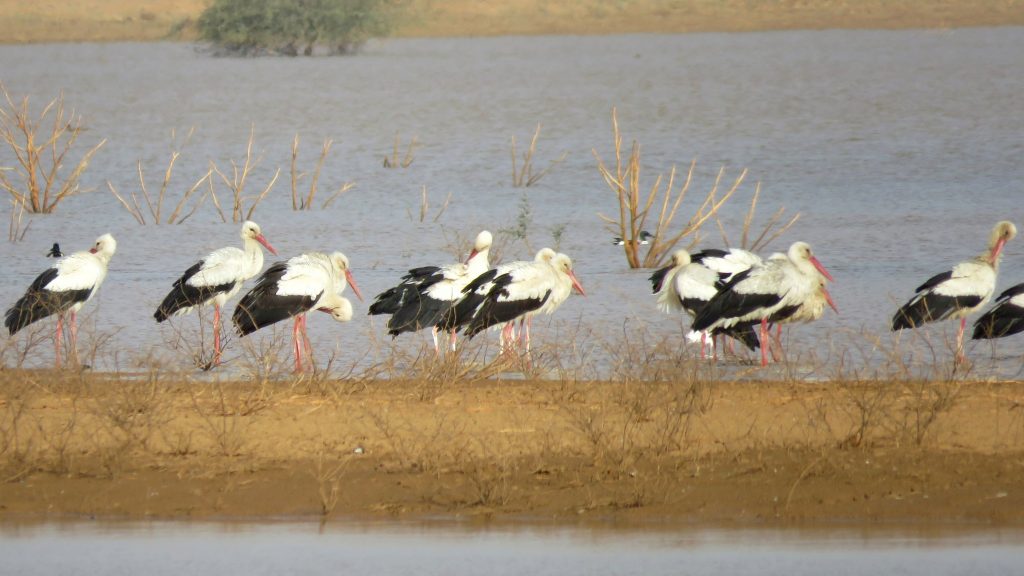
A flock of White Storks (Ciconia ciconia) takes a rest in one of the desert pools near Khartoum before continuing their migrations to breeding grounds in Europe (March 2022). It is common winter vistor.
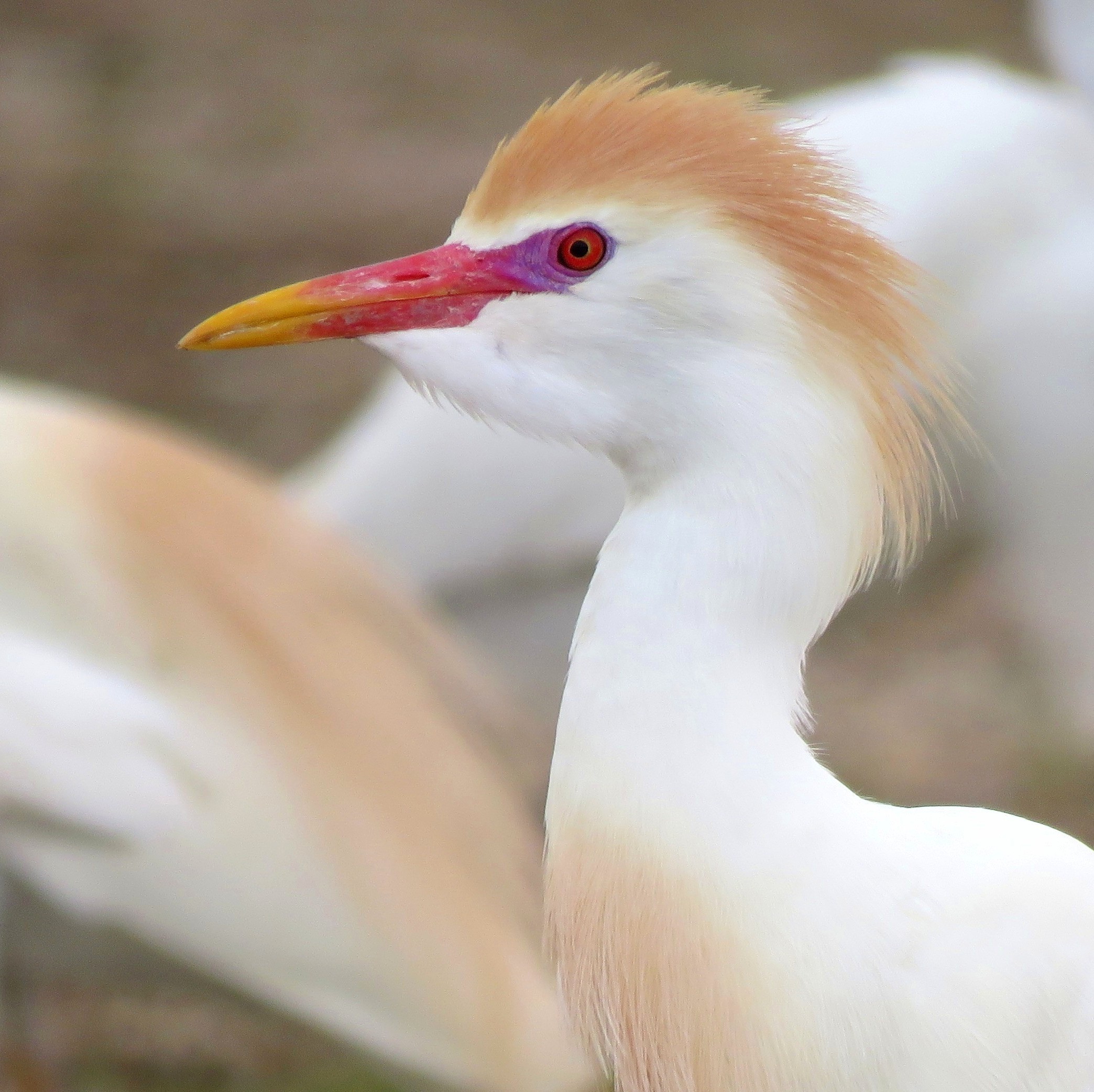
The Cattle Egret is among the most well-known birds in Sudan. Some populations are resident, while others are migrants. Locally known as "Tair Al Bagar," a name reflecting their association with cattle, and often referred to as "farmer's friend" due to their connection with agricultural fields. Other local names include "Riheu" and "Bayod." These diverse names capture the various aspects of their interactions with both livestock and agriculture in Sudanese landscapes
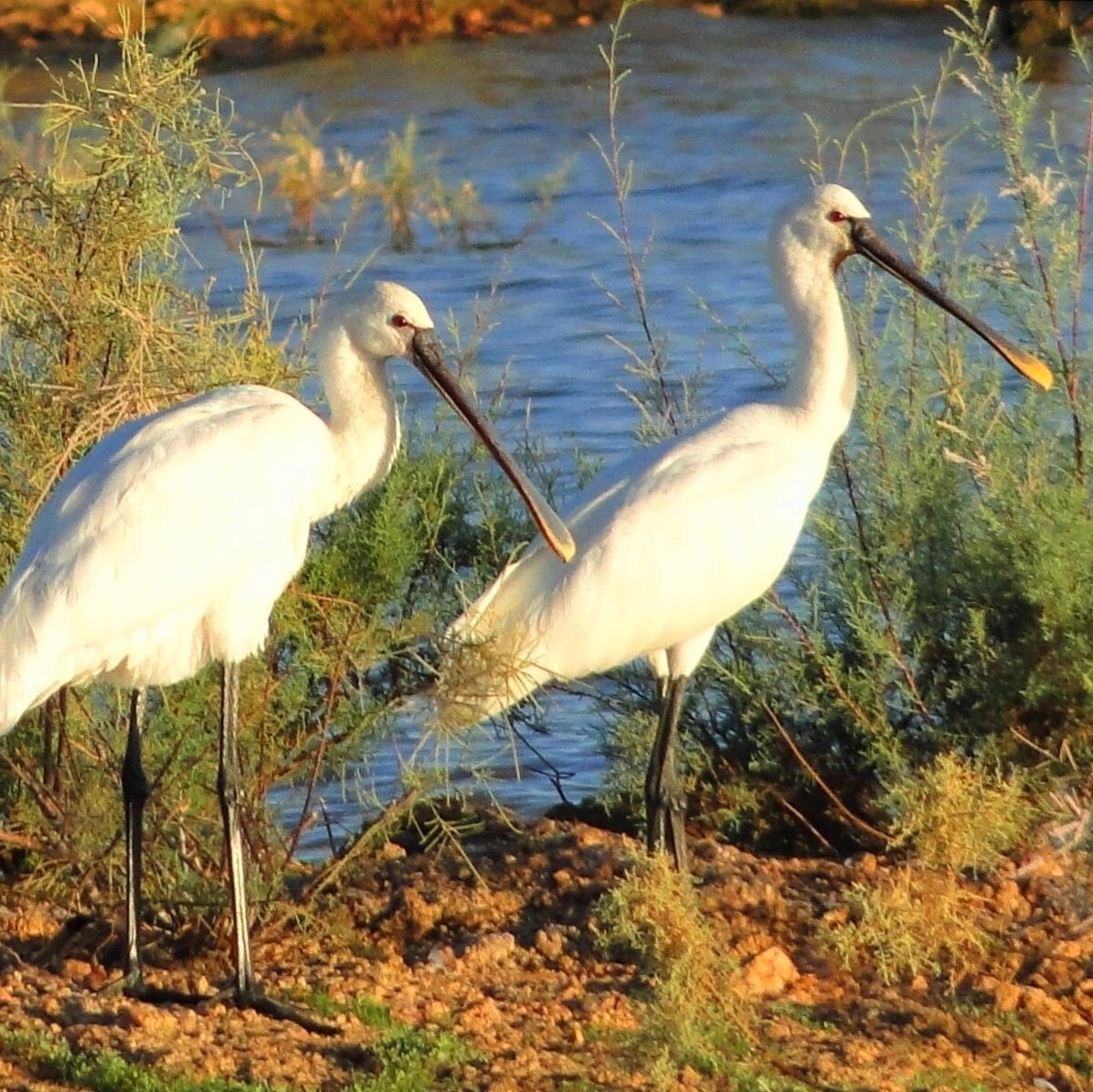
A pair of Eurasian spoonbill in Northern State, Sudan. Eurasian Spoonbill (Platalea leucorodia) is a regular winter visitor along the Nile in Sudan during the months between October and April.
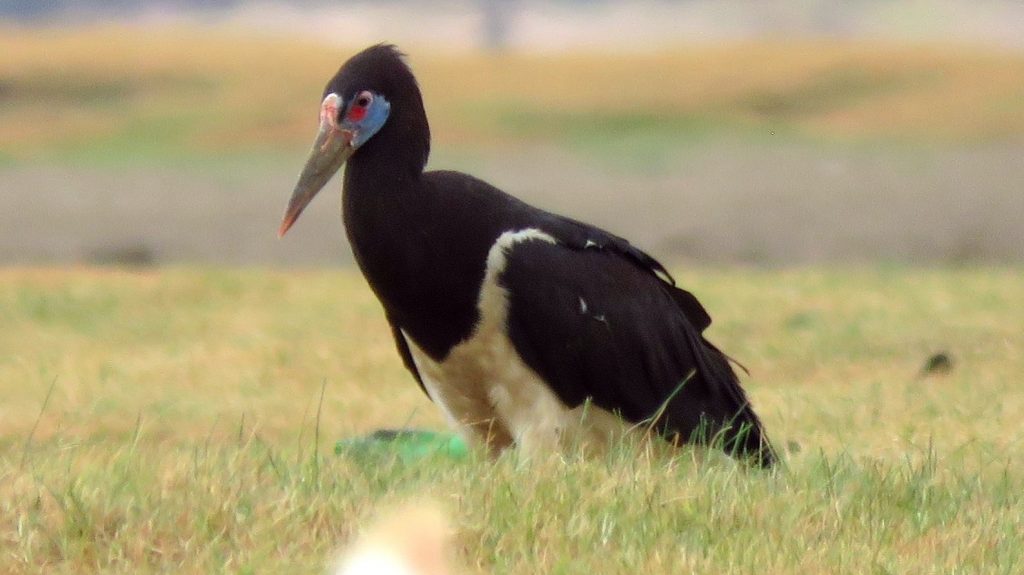
Abdim's Stork, locally known as Simbria or Kaljo, is an African migrant bird that arrives in Sudan for breeding from April to November. The arrival of Abdim's Stork is celebrated as a natural indicator, marking the commencement of the rainy season and signaling the opportune time for agricultural activities. This bird holds cultural significance, symbolizing the onset of a period crucial for the growth of crops and the sustenance of communities dependent on agriculture.
Exploring Sudan's Rich Mammalian Fauna
Sudan, located at the crossroads of diverse ecosystems, harbors a rich mammalian fauna with 14 mammalian orders. Its varied habitats, ranging from the arid expanses of the Sahara Desert to the lush vegetation along the Nile, dense forests in the high mountains, and 854 kilometer coastline along the Red Sea, provide a diverse home for many mammalian species. range from large antelopes and elephants to small rodents and sherw, with additional marine life such as dugongs and dolphins found in the Red Sea. Until the 1960s, Sudan’s habitat was one of the healthiest and most diverse in Africa. However, challenges including population growth, extensive hunting, habitat destruction, weak law enforcement, conflicts, and climate change have led to the extinction of many large Sudanese mammals. Those that persist have experienced a decline in numbers, now confined to national parks and isolated areas that are often challenging for humans to access. The intricate interplay of these challenges emphasizes the urgent need for conservation efforts to protect Sudan’s remaining mammalian biodiversity.
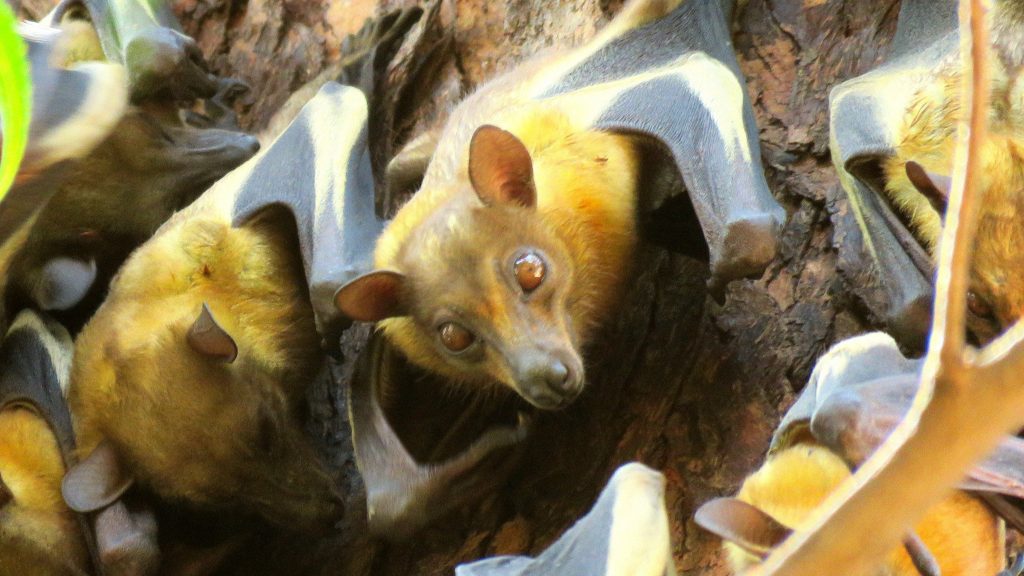
In the minds of many people, bats are often associated with blood-sucking vampires. However, among over 1400 bat species, only three of them feed on blood, and they are found exclusively in Central and Southern America. It's important to note that these bats don't directly suck blood; instead, they cause wounds with their sharp teeth and lap up the blood with their tongue. The majority of bat species primarily feed on insects and fruits, playing crucial roles in ecosystems as pollinators and pest controllers. The photos of fruit bats were taken in Jebel Al Dair in 2022, also known as flying foxes. Sudan and South Sudan are home to 66 bat species, locally known as "Abu Al Watwat" or "Khofash."
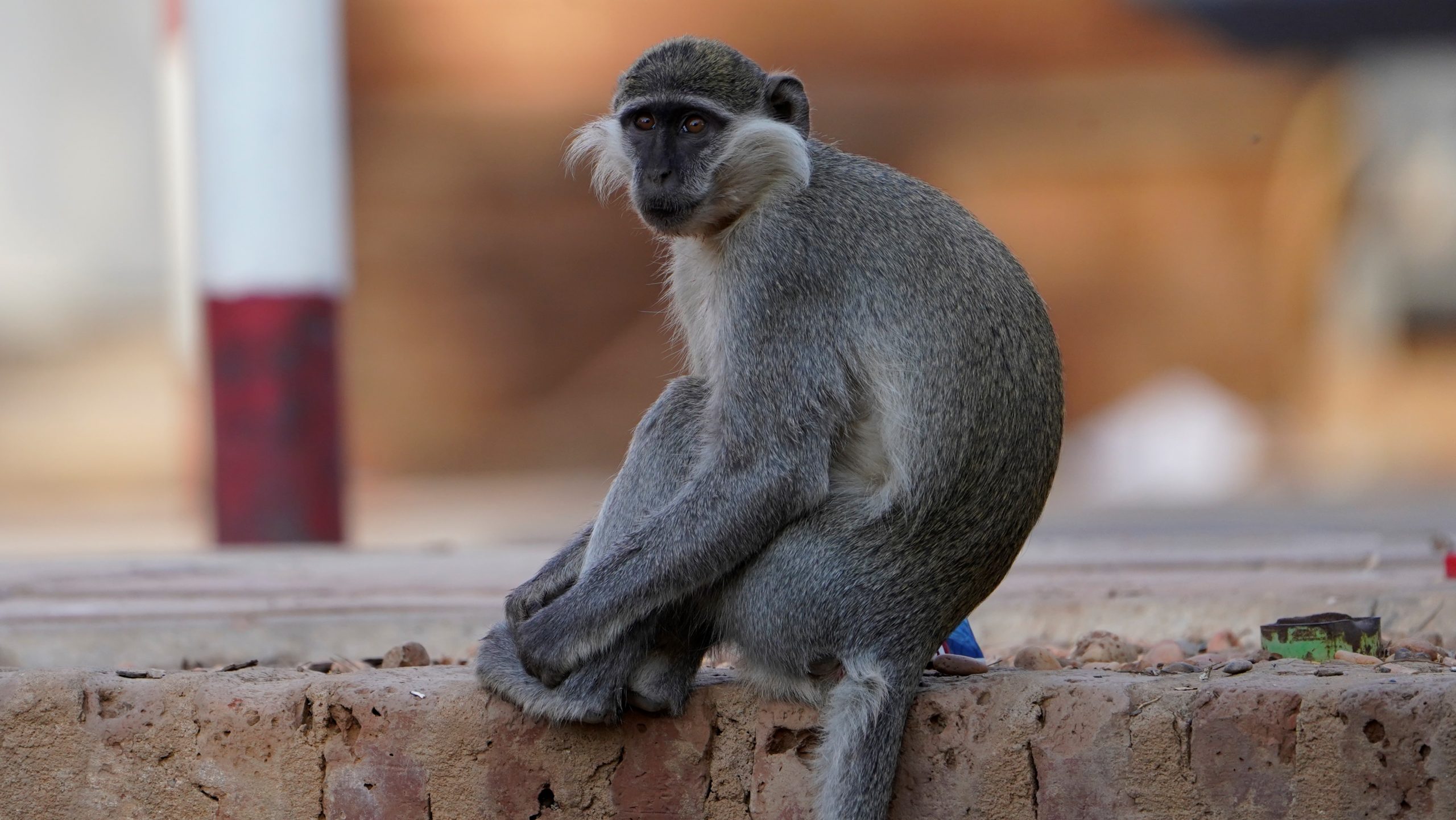
A Grivet monkey, scientifically known as "Chlorocebus aethiops," in university of khartoum center campus, 2021. Locally in Sudan, it known by the name "Nasnas." This Monkey is one of the seven species of primates found in Sudan. It is found in woodland and savannas habitats usually not far from water and typically live in family groups consisting of 6 to 20 individuals. Unfortunately, these beautiful creatures are often captured for the pet trade, both within and outside Sudan.
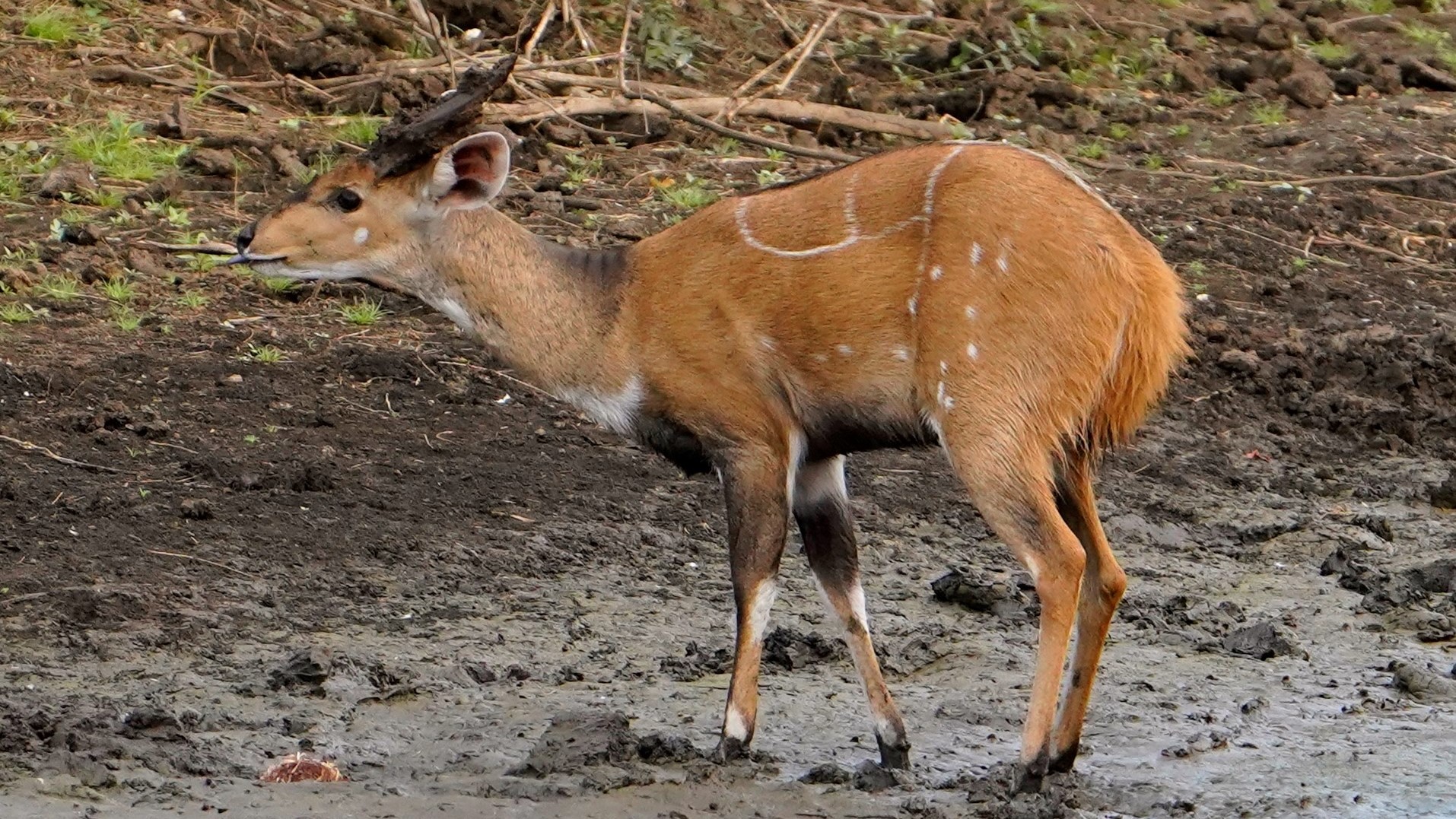
Photo of Bushbuck in Dinder National Park, 2023. Scientifically known as Tragelaphus scriptus, the Bushbuck earns its local name "Abu Nabah" from the alarm calls resembling a dog's bark produces when threatened. It is usually found solitary or paired in dense vegetation along riverbanks. Bushbuck typically exhibit a solitary lifestyle, but they are known to form family groups under certain circumstances. These family groups are often composed of a female and her offspring. The females are territorial and may defend their preferred areas, providing protection and resources for their young. Males are generally more solitary, establishing territories that overlap with those of several females.
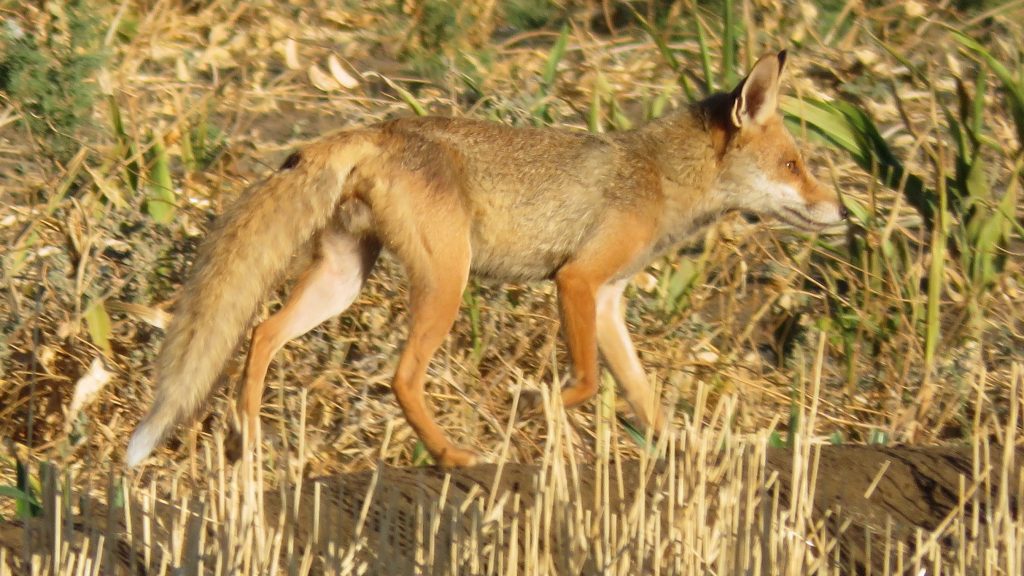
A photo of Red Fox from Northern State in 2021. This fox is one of four species of foxes found in Sudan and is locally known as "Thalab." Like most foxes species, it is typically active at night but may also be spotted during the early morning and evening hours. The Red Fox's diet includes small rodents, birds, lizards, and other small creatures. The Red Fox is a common and widespread species in Sudan, ranging from Khartoum and extending northward along Nile riverbank
Discover Sudan's Herpetofauna
Sudan’s herpetofauna comprises a diverse and captivating array of reptiles and amphibians thriving in various habitats. From the hot deserts to lush wetlands and savannas, Sudan’s unique landscapes foster rich biodiversity of these cold-blooded creatures. A total of 127 reptile species and 20 amphibians have been confirmed in Sudan, with four of them being endemic – found nowhere else in the world. Notable among these are Wilson’s Dwarf Skink (Panaspis wilsoni), the striking Blue Nile Cat Snake (Telescopus gezirae), the elusive Sudan Blind Snake (Tricheilostoma dissimilis), and a frog scientifically known as Pyxicephalus cordofanus.
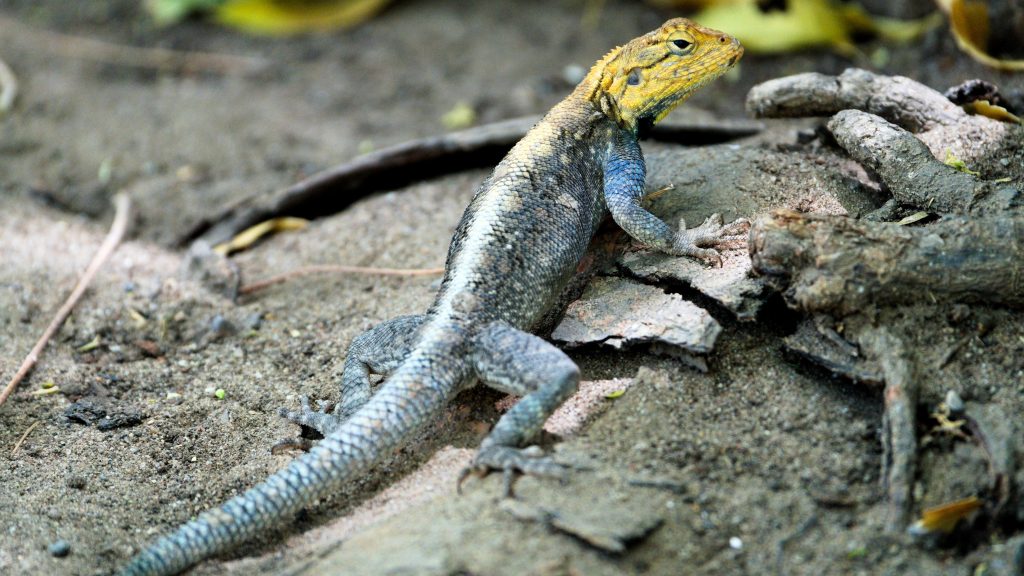
Reptiles
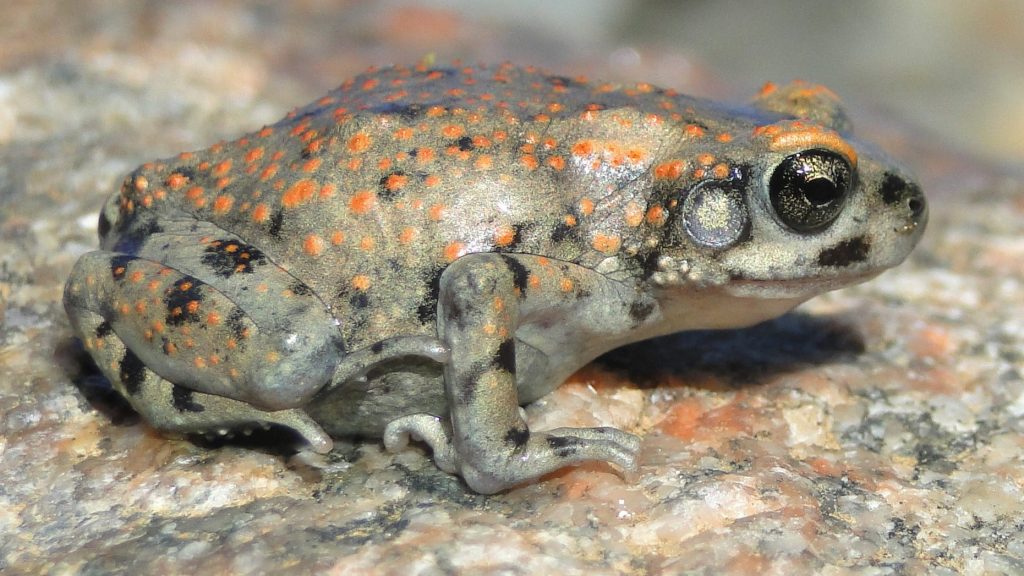
Amphibians
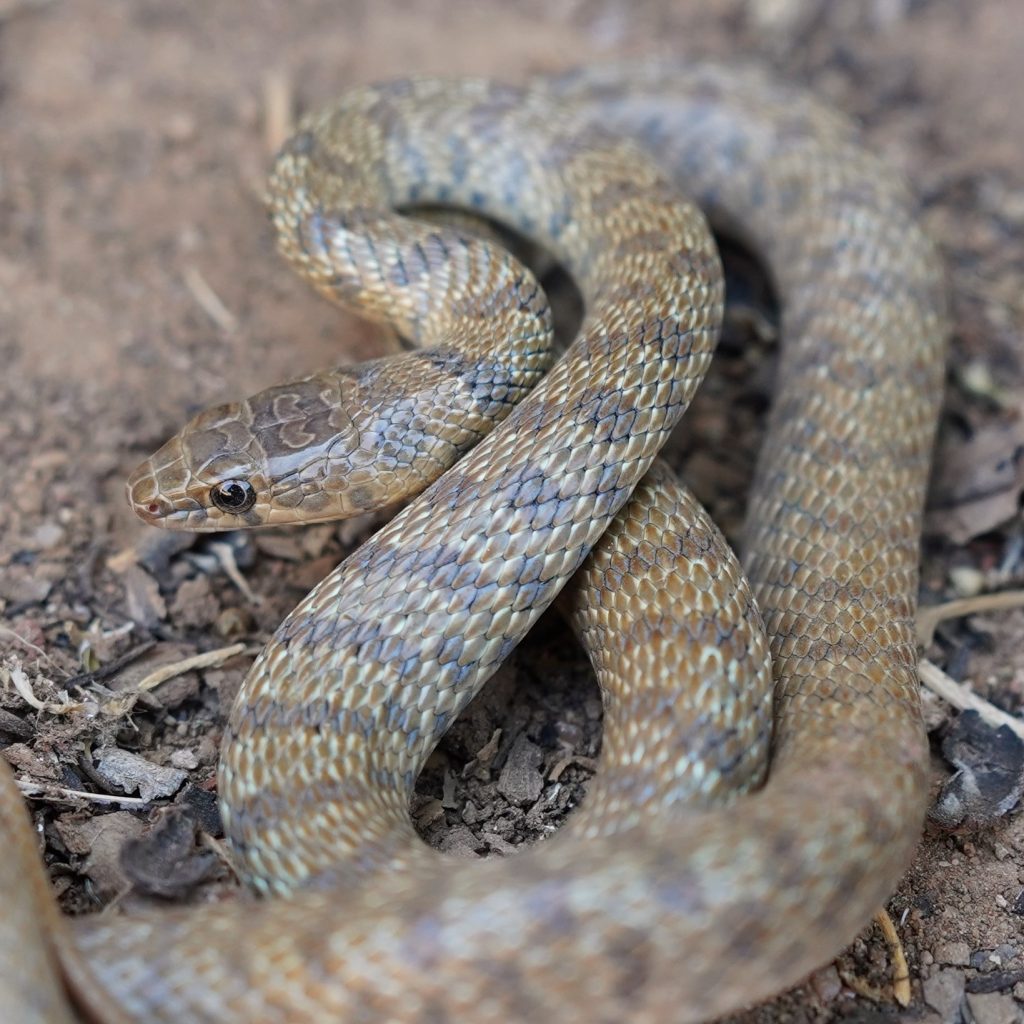
Snakes (suborder Serpentes) are elongated, legless reptiles with over 3,400 species worldwide. Despite only about 100 being dangerous to humans. While the majority are harmless, usually these creatures are often feared and killed. In Sudanese culture, snakes are surrounded by myths. One myth suggests that if a person kills a snake, a picture resembling the person who killed the snake will appear on the snake's eye. When the snake's kin see this picture, they seek revenge and killed the person who killed the snake. This belief leads many locals to bury, or burn killed snakes to avoid such consequences. Another intriguing myth involves a snake named 'El Juwahara,' said to possess a jewel in its mouth that attracts birds, enabling the snake to hunt them.
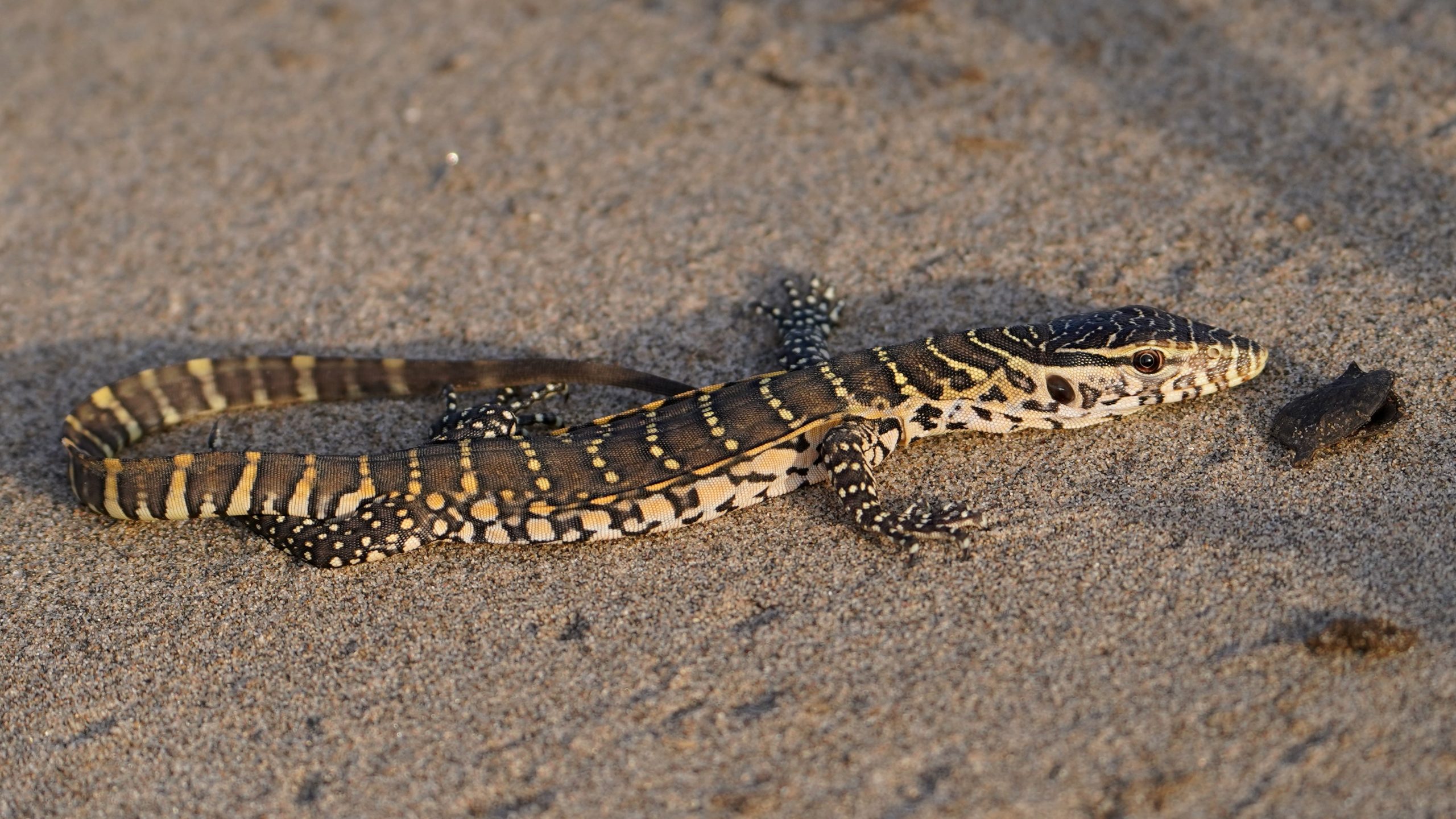
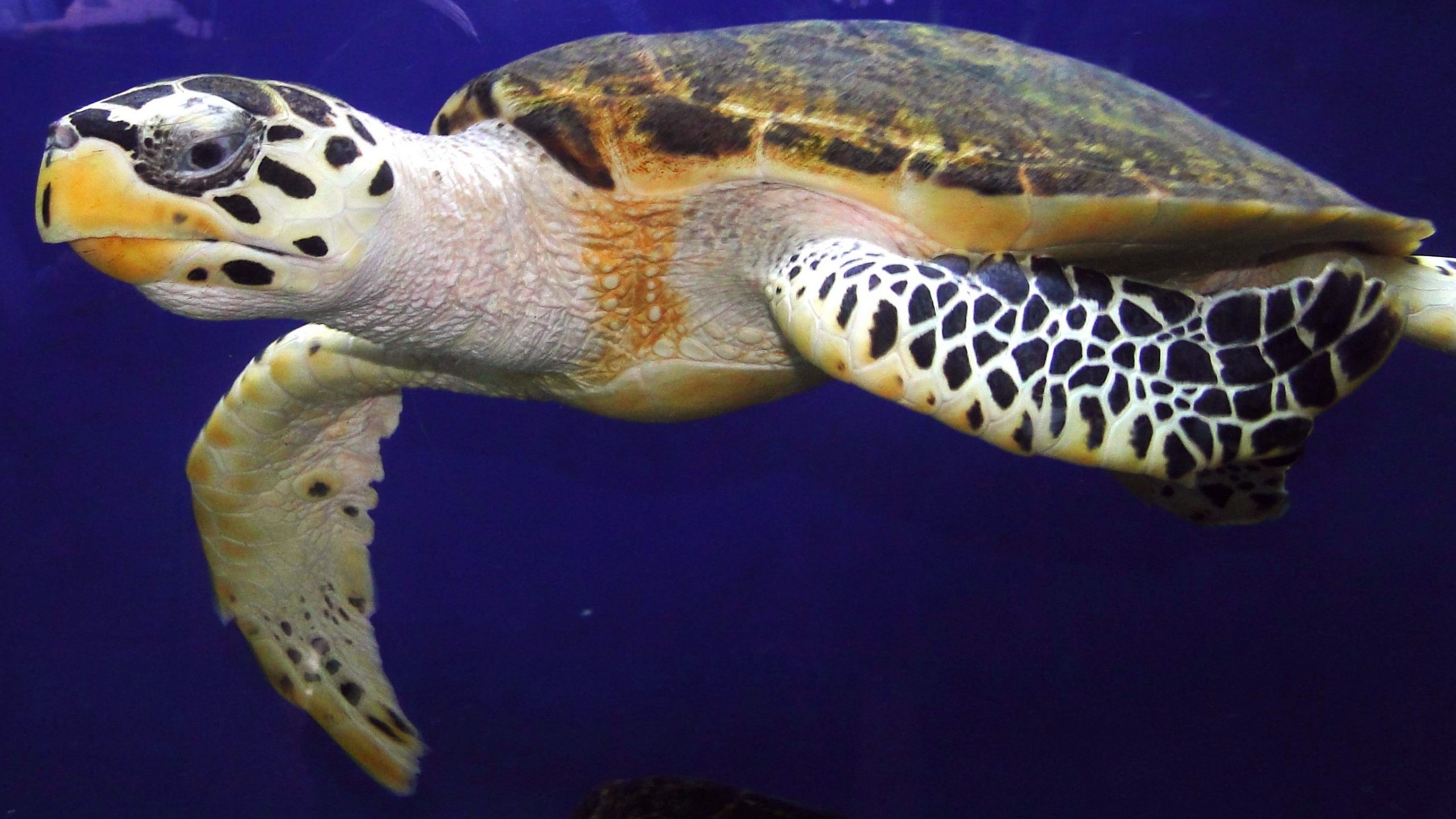
The hawksbill turtle (Eretmochelys imbricata) is a marine species known by its distinctive hawk-like beak. This critically endangered turtle inhabits tropical and subtropical oceans worldwide, including the Sudanese coast where it Breeds on small coral islands including Suakin Archipelago National Park. It is one of four sea turtle species found along sudanese cost. Hawksbill turtle faces numerous threats, exacerbated by the historical demand for its intricately patterned shells used in tortoiseshell jewelry. Tragically, millions of hawksbill turtles have been killed for these shells, contributing to their decline, alongside with other threats include habitat loss, accidental capture in fishing gear, and the impacts of climate change on nesting sites
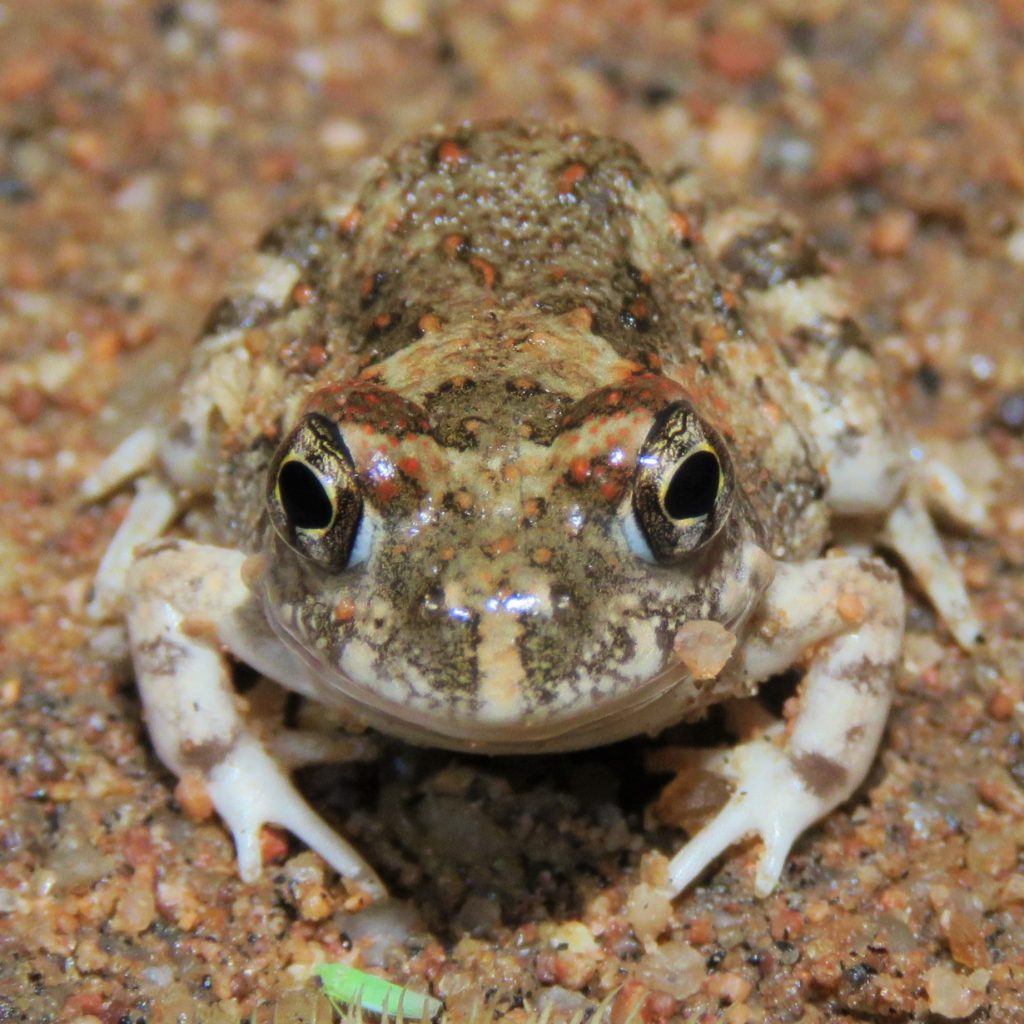
Tomopterna (sand frog), is a genus of small, insect-eating frogs, thrives in sub-Saharan Africa. Locally, all frogs and toads known by the names Dufda'a or 'Ka'aonga'. The Sand Toad, known for its proficiency in burrowing, digs itself into the sand, spending a most of the dry season underground. Sand frogs are primarily terrestrial, commonly inhabiting savannas and grasslands. Their adaptability well to semi-arid environments and known to tolerate drier conditions compared to other frog species.
Exploring Sudan's Rich Arthropods Diversity
Arthropoda (arthropods) is largest and most diverse phylum in earth with 10 million species and represent over 80 per cent of all known living animal species. With an evolutionary history back to 500 millions of years, arthropods stand as biological architects, found in different habitats from the deepest oceans to the highest mountains. Arthropods are invertebrates characterize by segmented bodies and jointed limbs. The exoskeleton consists of chitin. As the most numerous animals on our planet, these joint-legged wonders encompass an astonishing array of forms, from the delicate intricacy of butterflies to the armored resilience of beetles. Arthropods grow by molting in order to counting growing and shed the old exoskeleton with new one. Sudan habitats are rich by different type of arthropods.
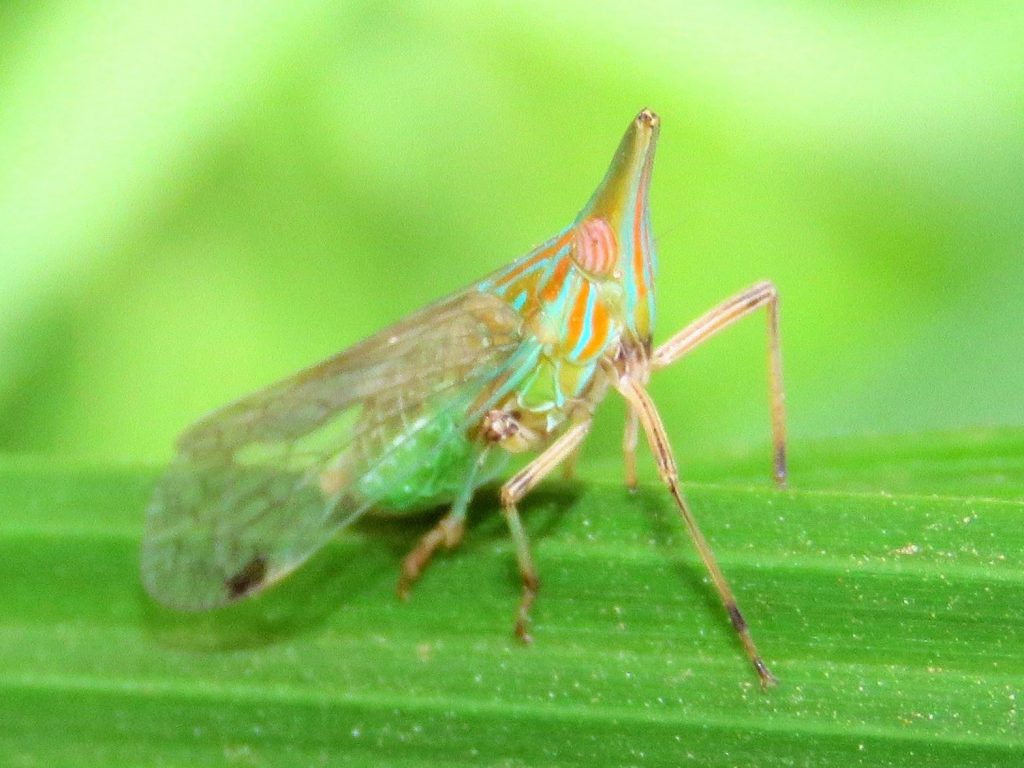
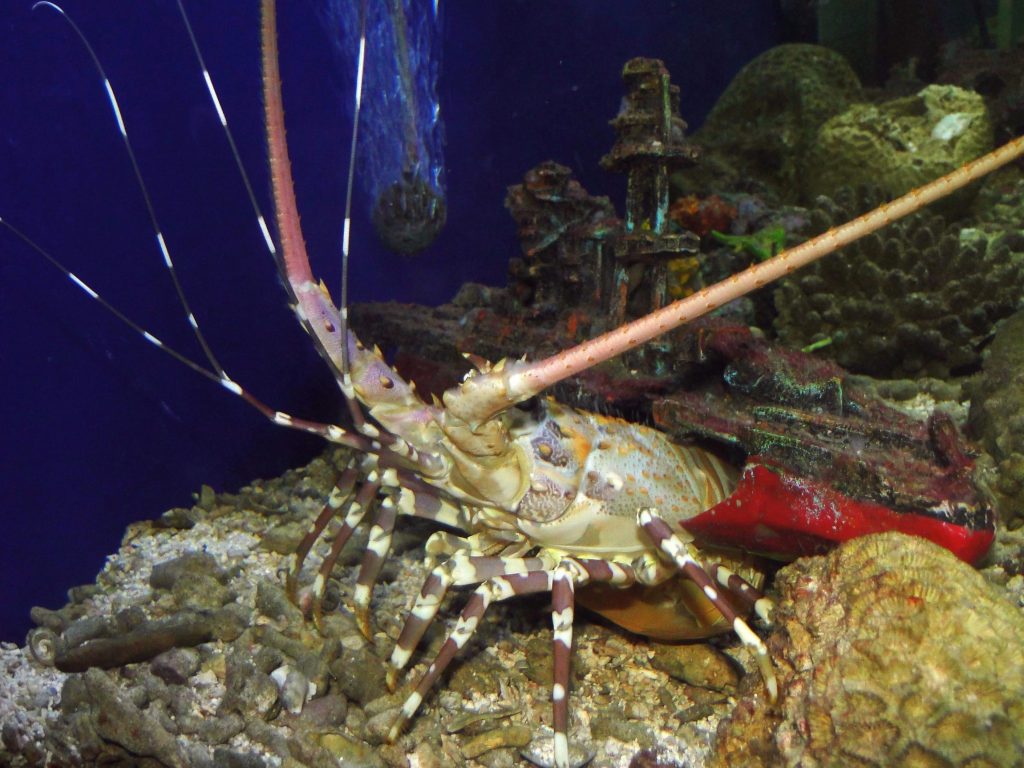
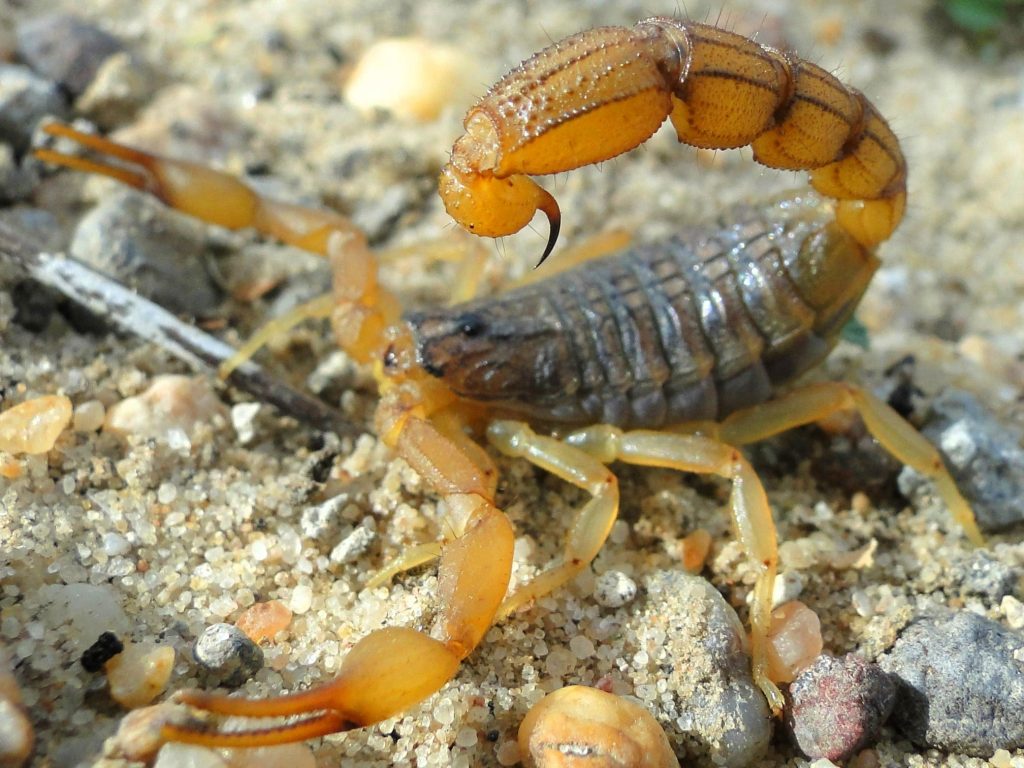
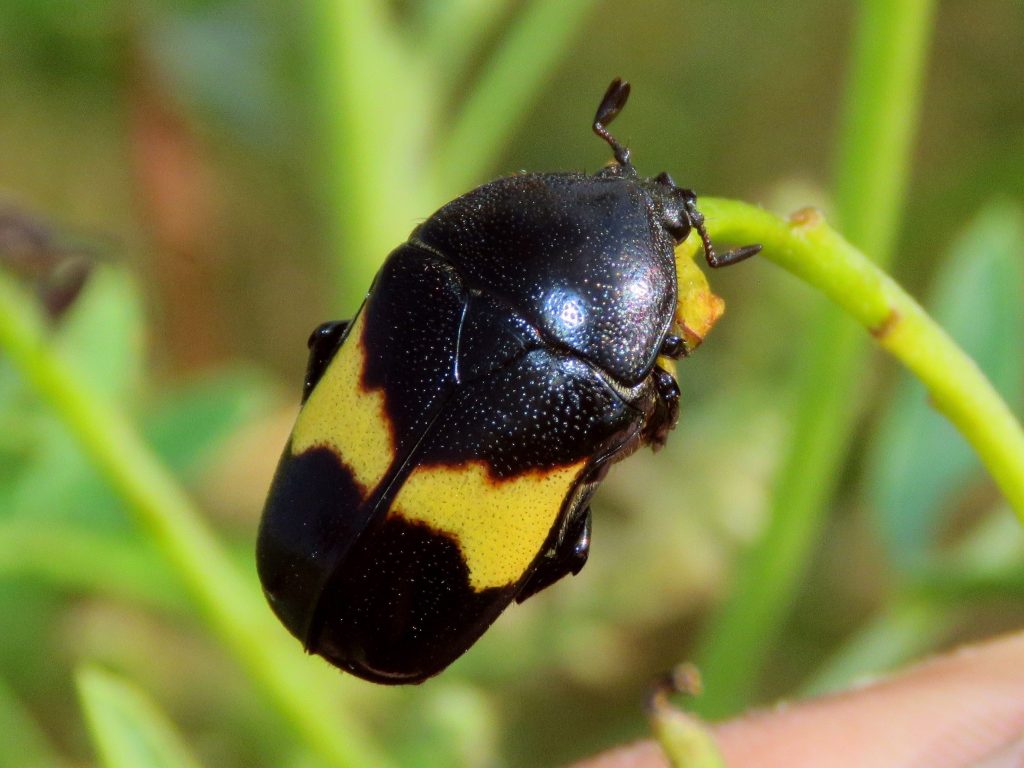
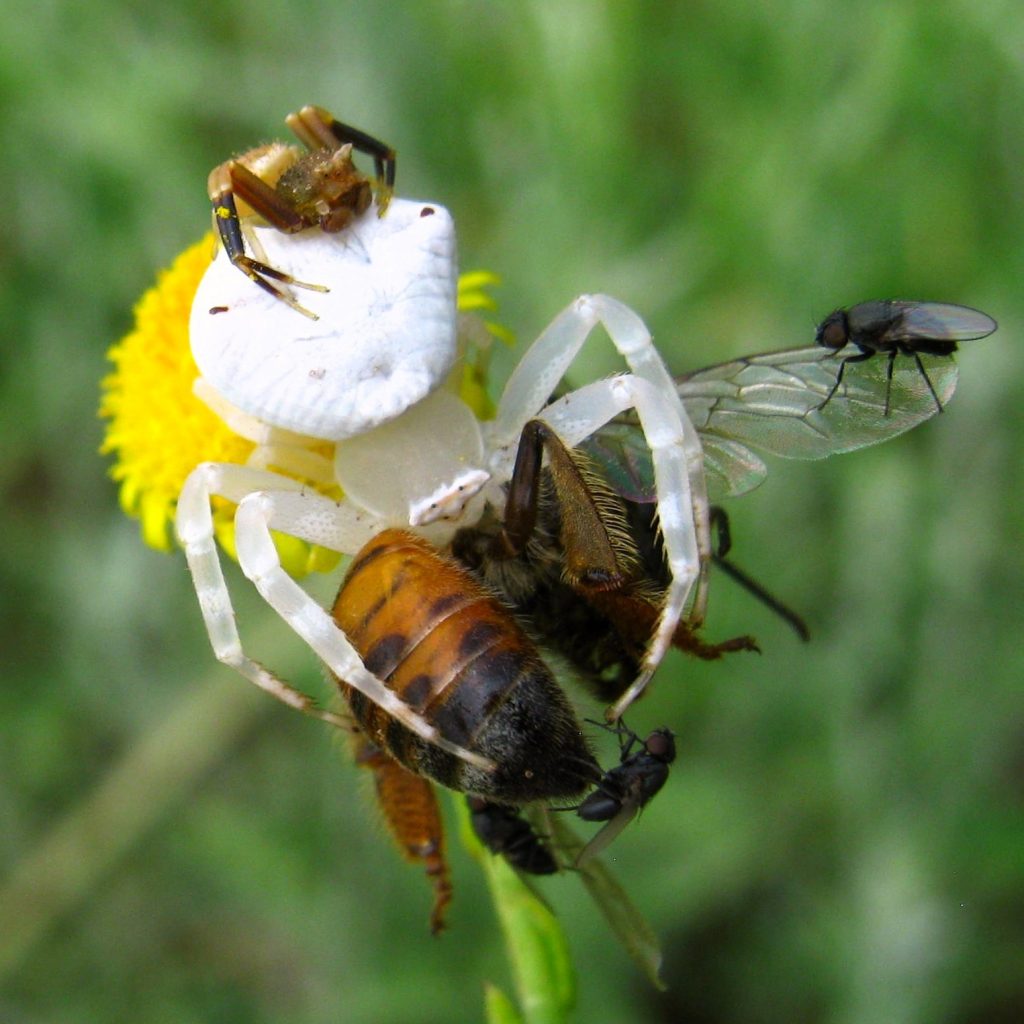
Arachnida is a diverse arthropod encompassing spiders, scorpions, ticks, mites, and harvestmen. Distinctive for their two main body segments—cephalothorax and abdomen—and typically eight legs, arachnids are found in various ecosystems worldwide. Spiders, known for their silk-spinning abilities and predatory. Scorpions, characterized by their venomous stingers, are nocturnal predators found in a range of environments. Ticks and mites are important both as parasites and as decomposers in soil ecosystems. Harvestmen, often called daddy longlegs, are unique arachnids with long legs but distinct from spiders. Arachnids exhibit remarkable adaptations and behaviors, contributing to their success in diverse habitats. Their ecological roles, from serving as predators to aiding in nutrient cycling, make them integral components of many ecosystems.
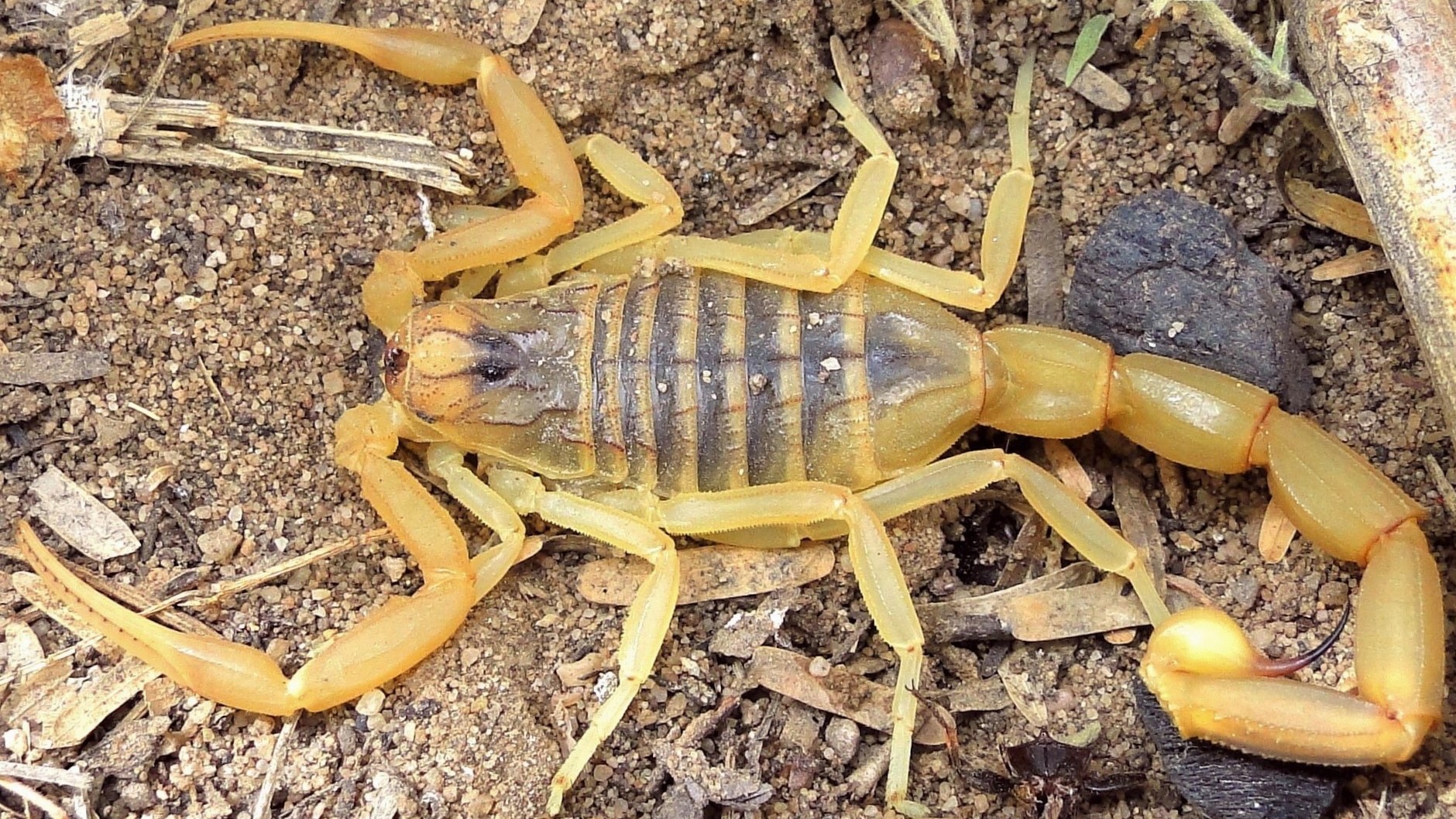
Scorpions are belonging to the class Arachnida, characterized by their segmented tail, which ends in a venomous stinger. scorpions have adapted to diverse environments ranging from deserts to rainforests. These nocturnal predators possess venom that injected through their stinger aids in immobilizing the prey. While many scorpion species are solitary and even cannibalism on its kinds, others display communal behaviors. Scorpions live to serval years and some species can lives up to 20 years. They often seek refuge in burrows during the day and emerge at night. All scorpions are venoms but sting from most species doesn’t represent danger to human and consider as harmless but stings of certain speciescan be fatal especially to children. From about 1300 species of scorpions in the world 17 species found in Sudan and three of them are endemic - found nowhere else in the world. Study of scorpion venom shown potential applications in medicine.
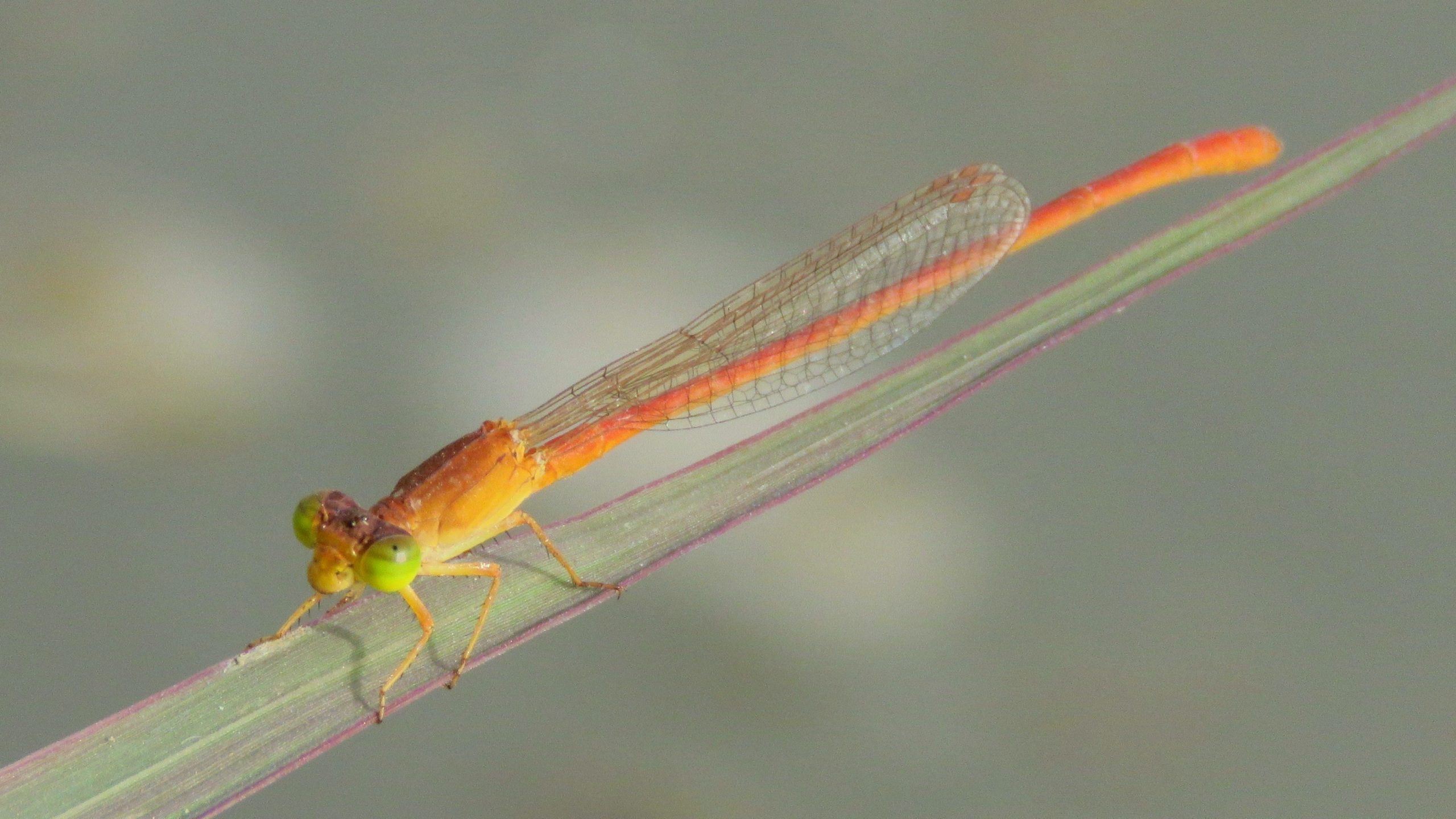
Odonata is an order of insects that includes dragonflies and damselflies. These fascinating insects are known for their vibrant colors, intricate wing patterns, and impressive flying abilities. Odonates have been around for millions of years, showcasing an ancient lineage within the insect world. Characterized by their large eyes, elongated bodies, and membranous wings, dragonflies and damselflies are often found near freshwater habitats, such as ponds, lakes, and streams. The nymphs are aquatic and when mature, they undergo a remarkable metamorphosis into winged adults. Dragonflies are known for their robust bodies and strong, direct flight, while damselflies typically have slender bodies and a more delicate flight pattern. Both are voracious predators, feeding on a variety of flying insects. Beyond their ecological roles as efficient predators, Odonata are important indicators of freshwater ecosystem health. Their sensitivity to environmental changes makes them valuable subjects for studying water quality and habitat conditions. Sudan is home to 82 species of Dragonflies and damselflies.
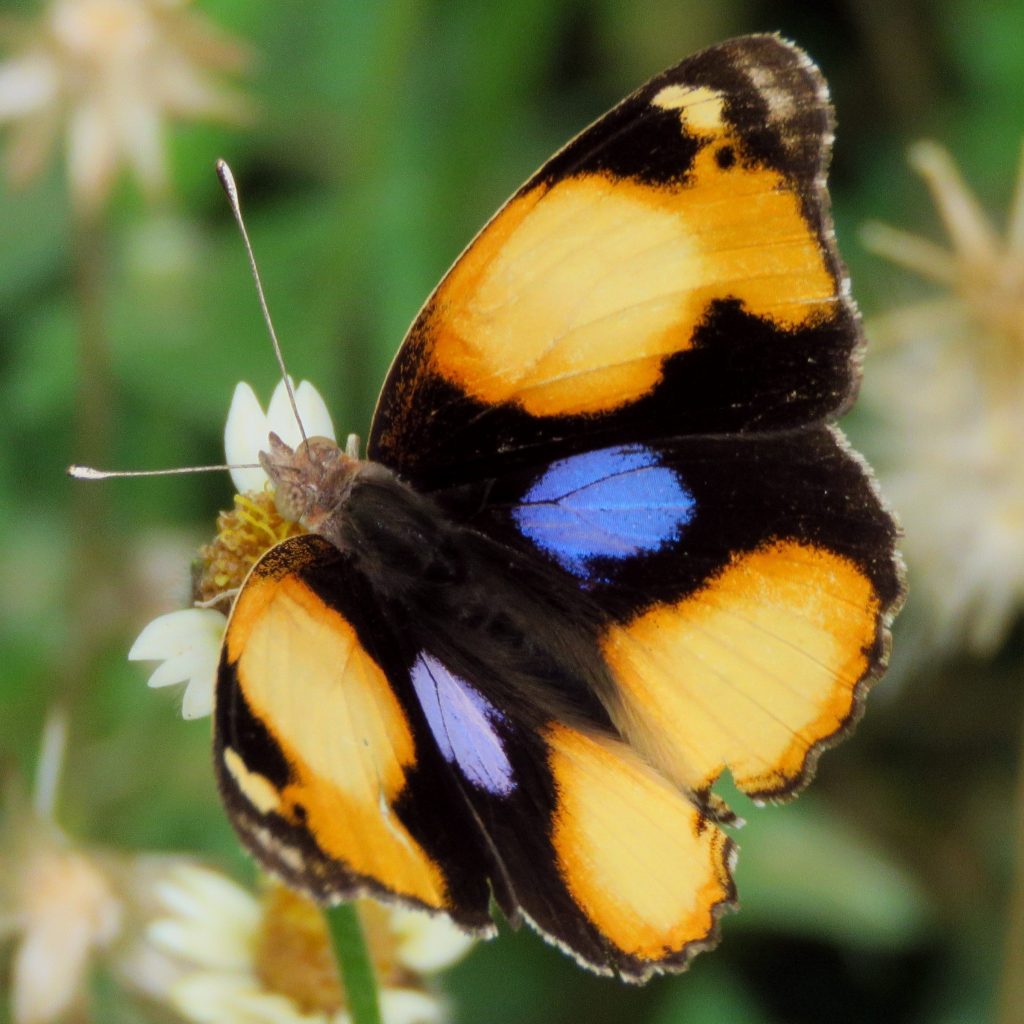
Insects are the largest class within the animal kingdom, are a diverse and incredibly successful group of organisms. With over a million described species and likely millions more yet to be discovered, insects play crucial roles in ecosystems. These arthropods are characterized by their three-part body (head, thorax, and abdomen), six legs. Insects exhibit an astounding array of forms and adaptations, allowing them to occupy nearly every habitat on Earth. Their ecological importance is immense: as pollinators, decomposers, they aid in breaking down organic matter; and as a vital component of food webs, they serve as prey for numerous species. However, some insects are pests, threatening crops and other are vectors transmit diseases to human and animals.
Flora of Sudan
Sudan have a vast and ecologically diverse landscape, ranging from the hot desert in the north to the lush savanna in the south with gallery forests in some high mountains. This environmental variability creates a myriad of habitats coupled with variation in average rainfall from virtually arid conditions in the north with 0 mm to more than 1000 mm in the south, fostering a rich plants life. One of Sudan’s ecological treasures lies in its tree diversity, which is particularly remarkable in specific regions like the Red Sea Hills, Nuba Mountains, and Jebel Marra. These areas, characterized by distinct topographies and microclimates, harbor numerous plant species, some of which are endemic to Sudan. The Red Sea Hills showcase adaptive vegetation such as Drancena ombet, Aloe zubb and uphorbia abyssinica. Jebel Marra, located in the western part of Sudan its volcanic terrain and more favorable climatic conditions. It supports an array of vegetation zones with endemic species.
Sudan plants diversity faces challenges such as deforestation, climate change land-use changes, and human activities.
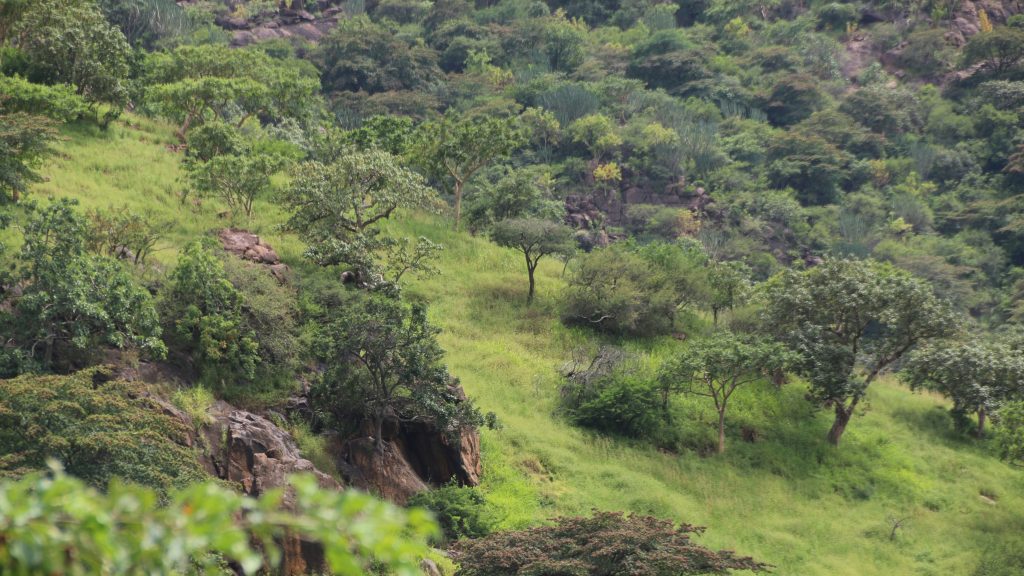
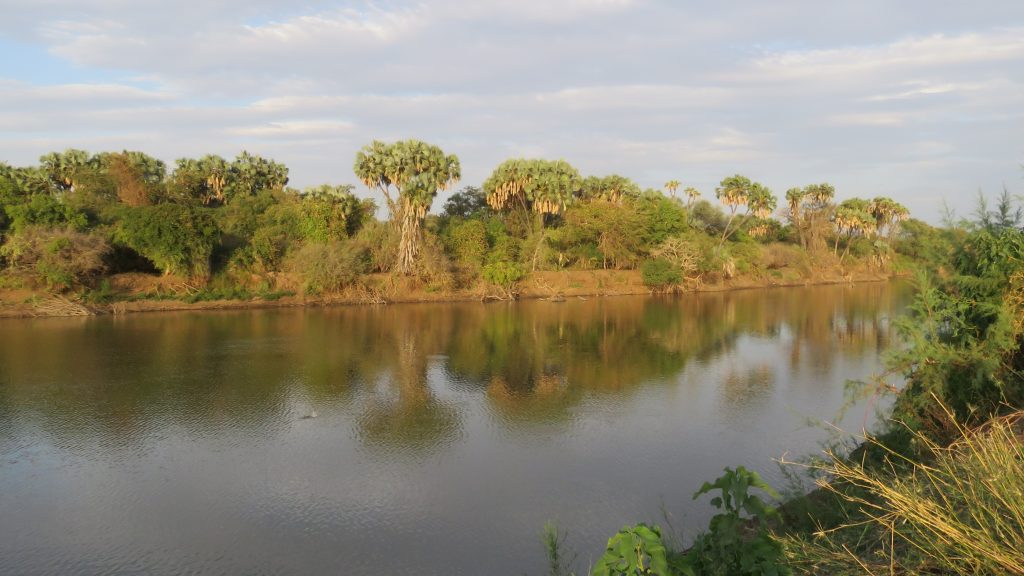
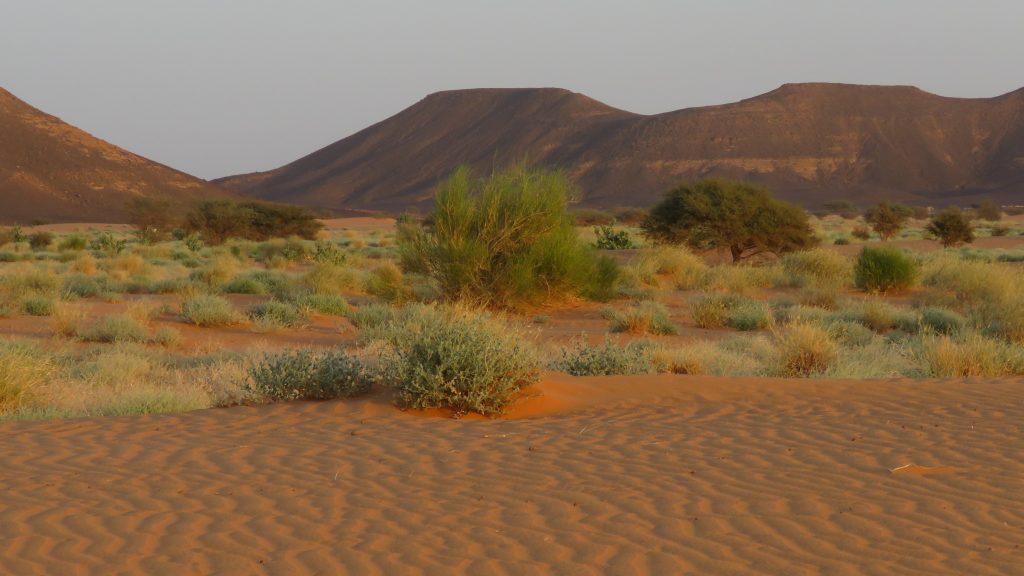
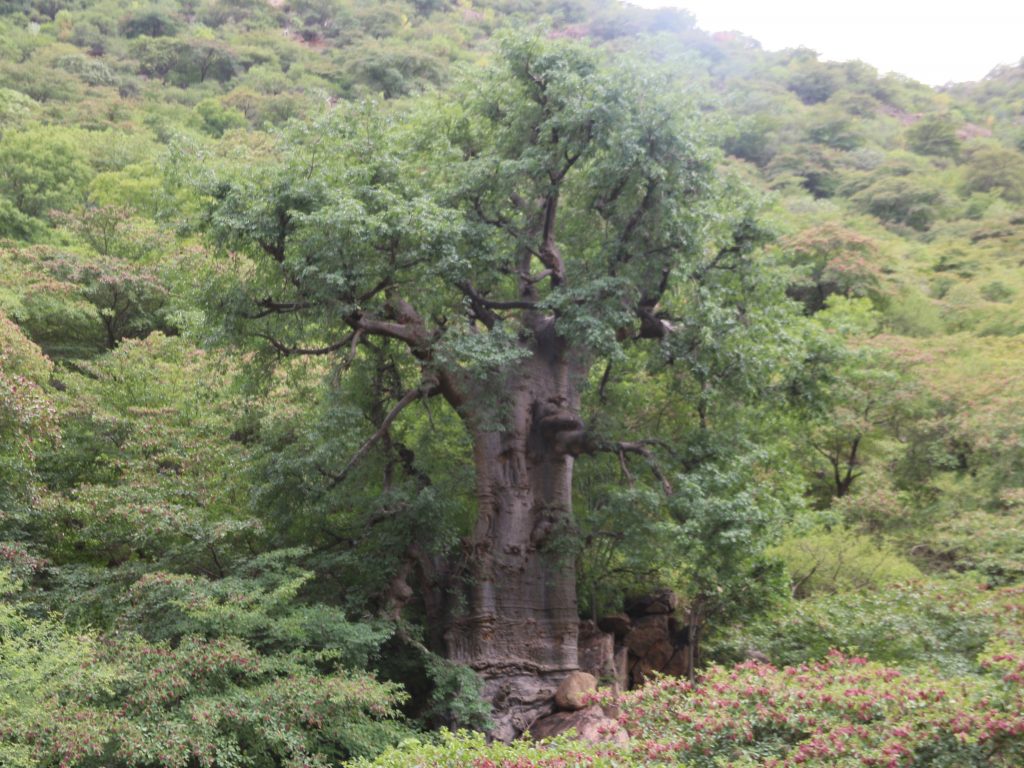
Adansonia digitate (Baobab tree) is a remarkable and iconic species with a myriad of ecological and cultural significance. Indigenous to savannas of sub-Saharan Africa, it stands out for its distinctive appearance, characterized by a massive, swollen trunk can (reach to 14 m in diameter) and also can store water, giving it a unique, bulbous shape. This adaptation allows Baobabs to thrive in arid and semi-arid environments. One of the key roles played by Adansonia digitata is its support for biodiversity. The tree serves as a vital nursery for various wildlife, offering shelter and sustenance for animals ranging from insects to mammals. The fruit of the Baobab tree is rich in nutrients and use for various culinary and medicinal purposes. In Sudan Adansonia digitata known by name ‘Tabeldi’ and their furts known by Gunguleiz. The longevity of Baobabs is noteworthy, with some individuals believed to be 2000 of years old.

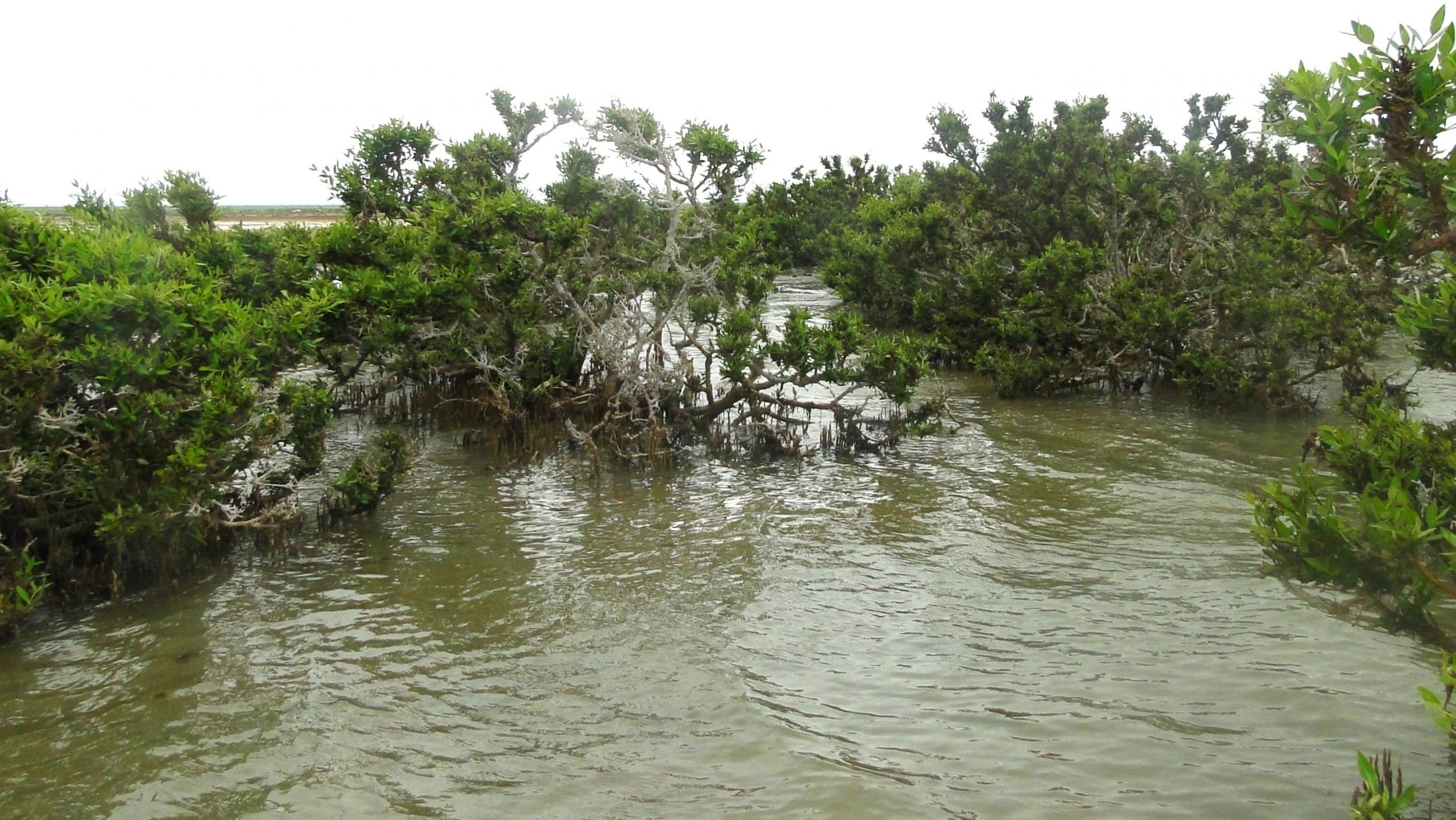
Mangrove trees play a crucial ecological role. Acting as critical nurseries, they offer shelter and protection to various marine species, including fish and invertebrates. Their intricate root systems create a safe environment for juvenile organisms to survive and grow. Beyond supporting marine life, mangroves act as natural coastal protectors. The dense network of roots stabilizes shorelines, preventing erosion from waves and storms. Mangroves absorb carbon and store significant amounts of it. They also provide a unique home for a diverse array of wildlife, including birds, reptiles, and mammals. Many species depend on mangrove ecosystems for breeding, feeding, and nesting. Adapted to high-salinity environments, mangroves have specialized mechanisms to exclude salt from their roots and excrete excess salt. In the past, mangroves were common along the Sudanese coast, but due to deforestation, they have become scattered and dense in certain places like Dongonab National Park.
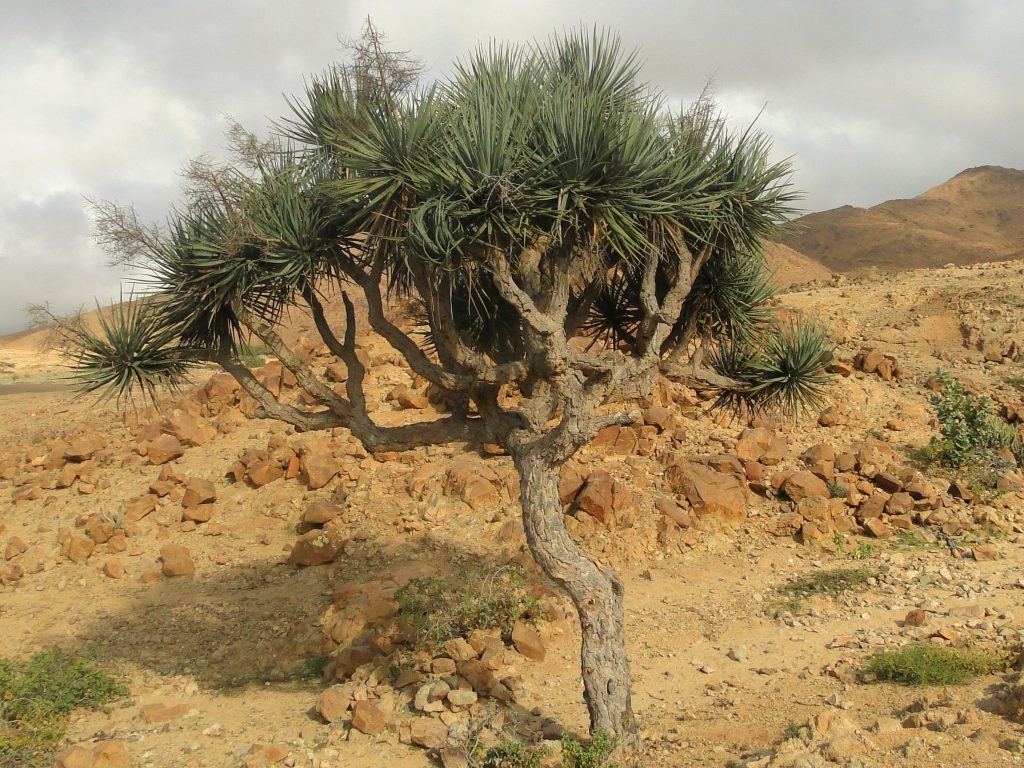
The Nubian Dragon Tree (Dracaena ombet) is a tree species in the Asparagaceae family. Endemic to the Red Sea Hills in Northeast Africa and Arabia, the species' scientific name is derived from the Hadandawa local term 'Ombet,' which mean'head of the devil' in their language. Unfortunately, the Nubian Dragon Tree is an endangered species facing the risk of extinction. In the past, it was only known from Erkwait, and when it disappeared from the area, it was thought to be extinct in Sudan. However, in recent years, a new population with more than hundreds tree has been discovered in many localities in the Red Sea Hills. Furthermore, in Erkwait itself, many new young trees were discovered in 2022, suggesting regeneration in the area.
The animal kingdom
Amphibians are four-limbed and ectothermic vertebrates of the class Amphibia.
are aquatic, craniate, gill-bearing animals that lack limbs with digits.
Arthropods are invertebrate animals with an exoskeleton, a segmented body
are pancrustacean hexapod invertebrates of the class Insecta. They are the largest group within the arthropod phylum.
To the memory of Tigani Hassan Alam and Rob Dickinson.
Those who touch our lives, stay in our hearts forever
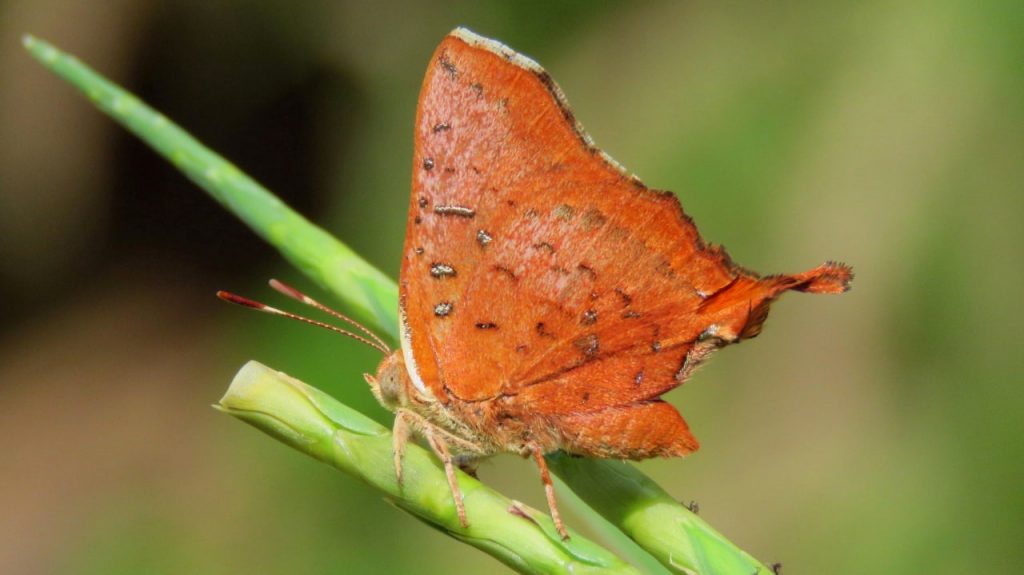
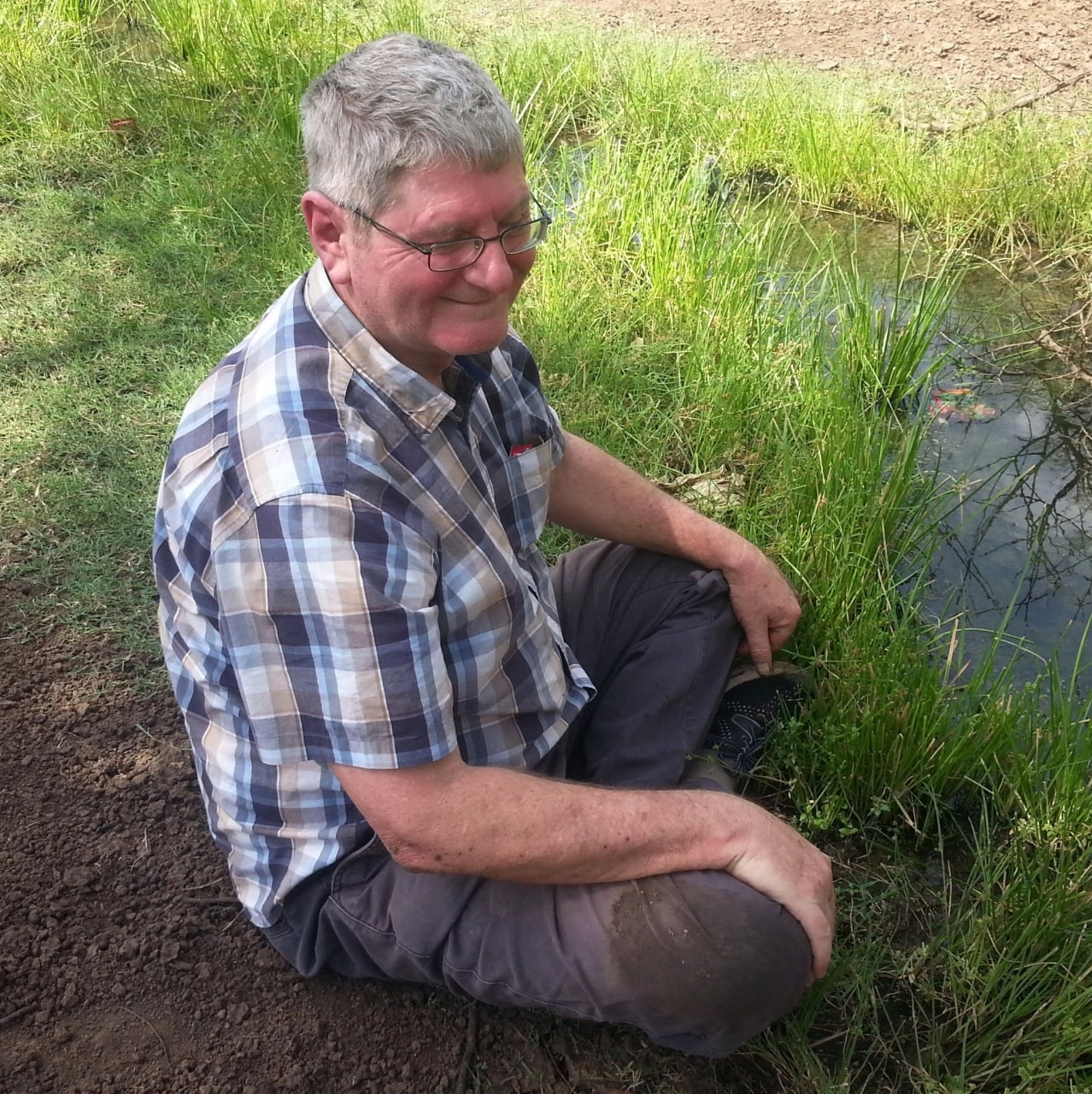


Enjoy with us
